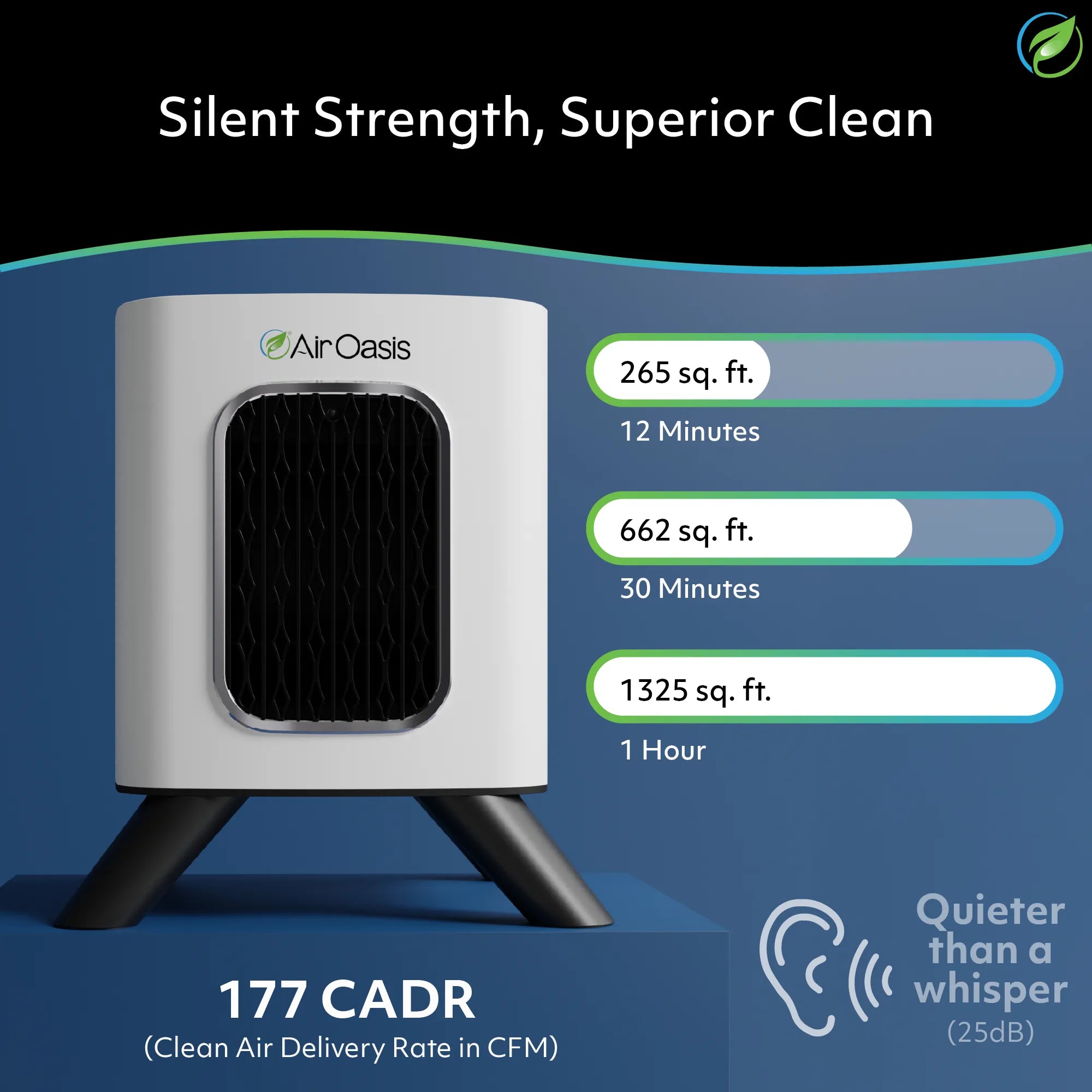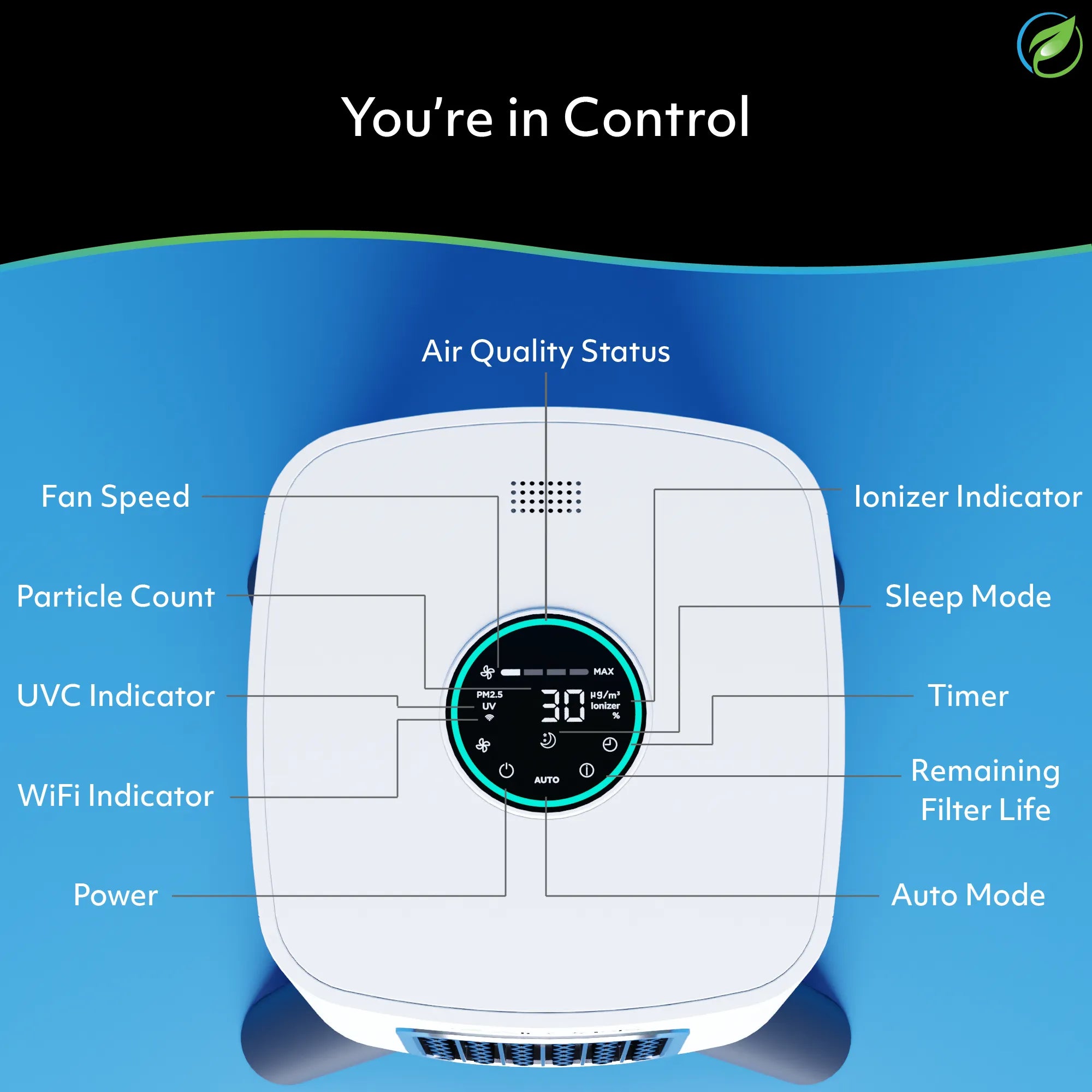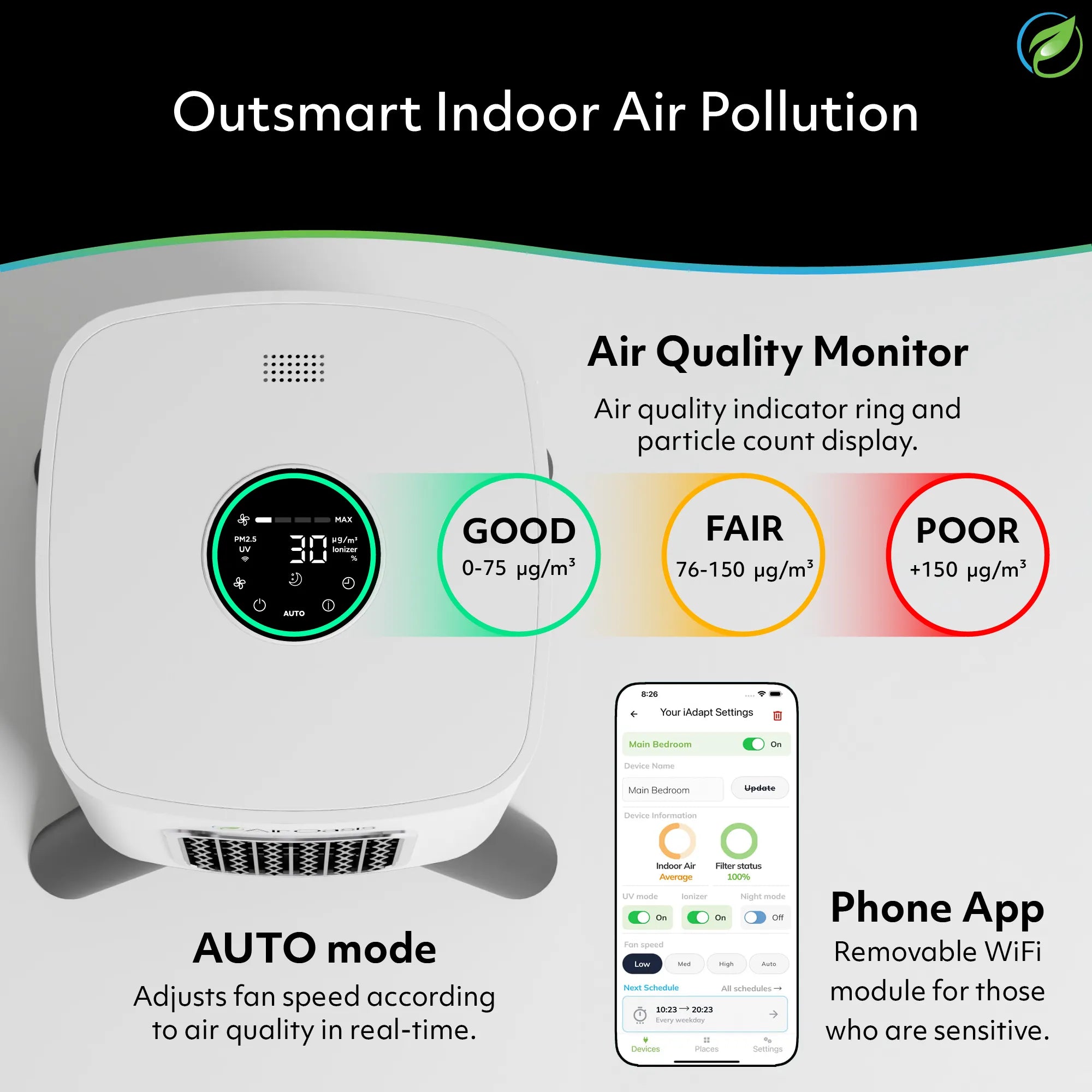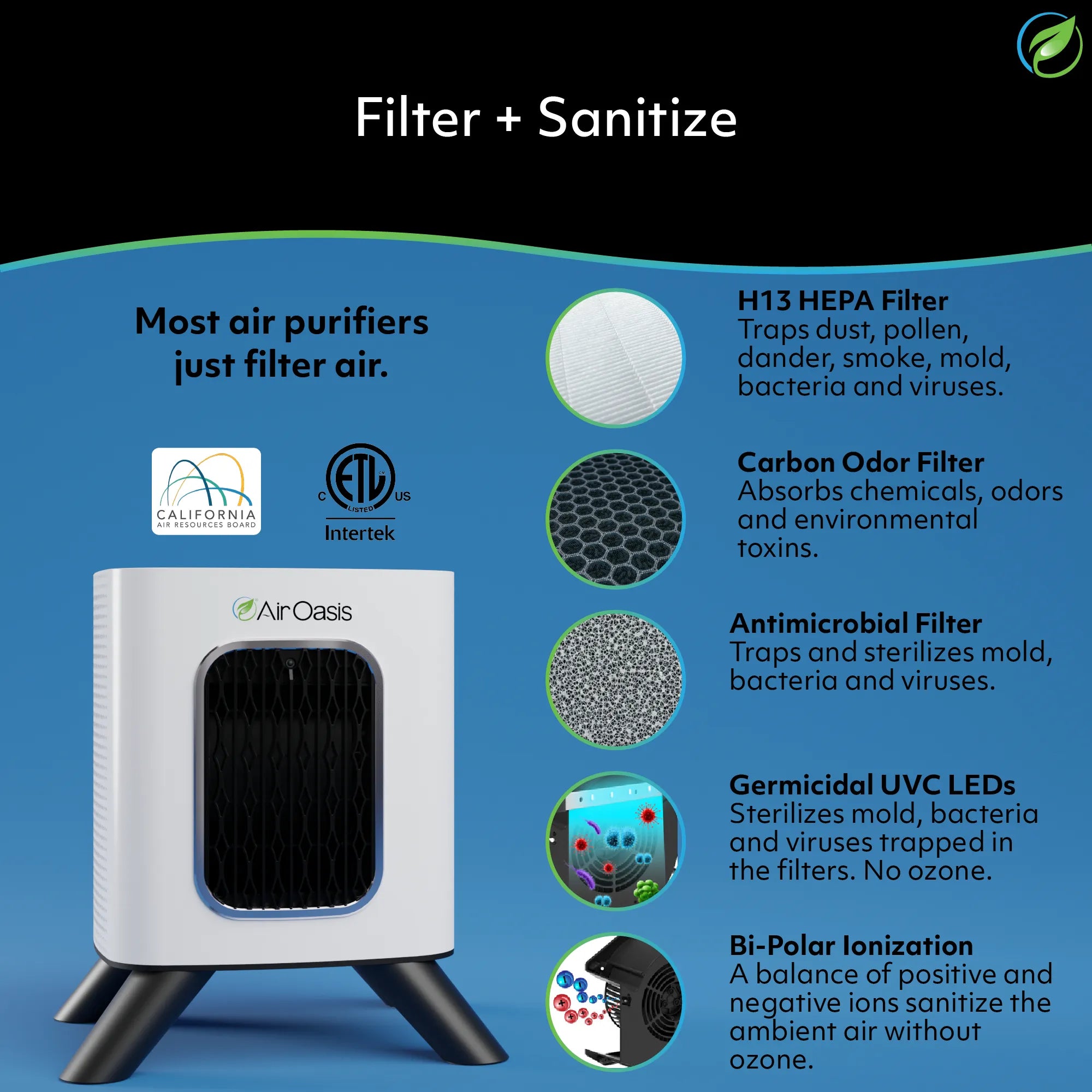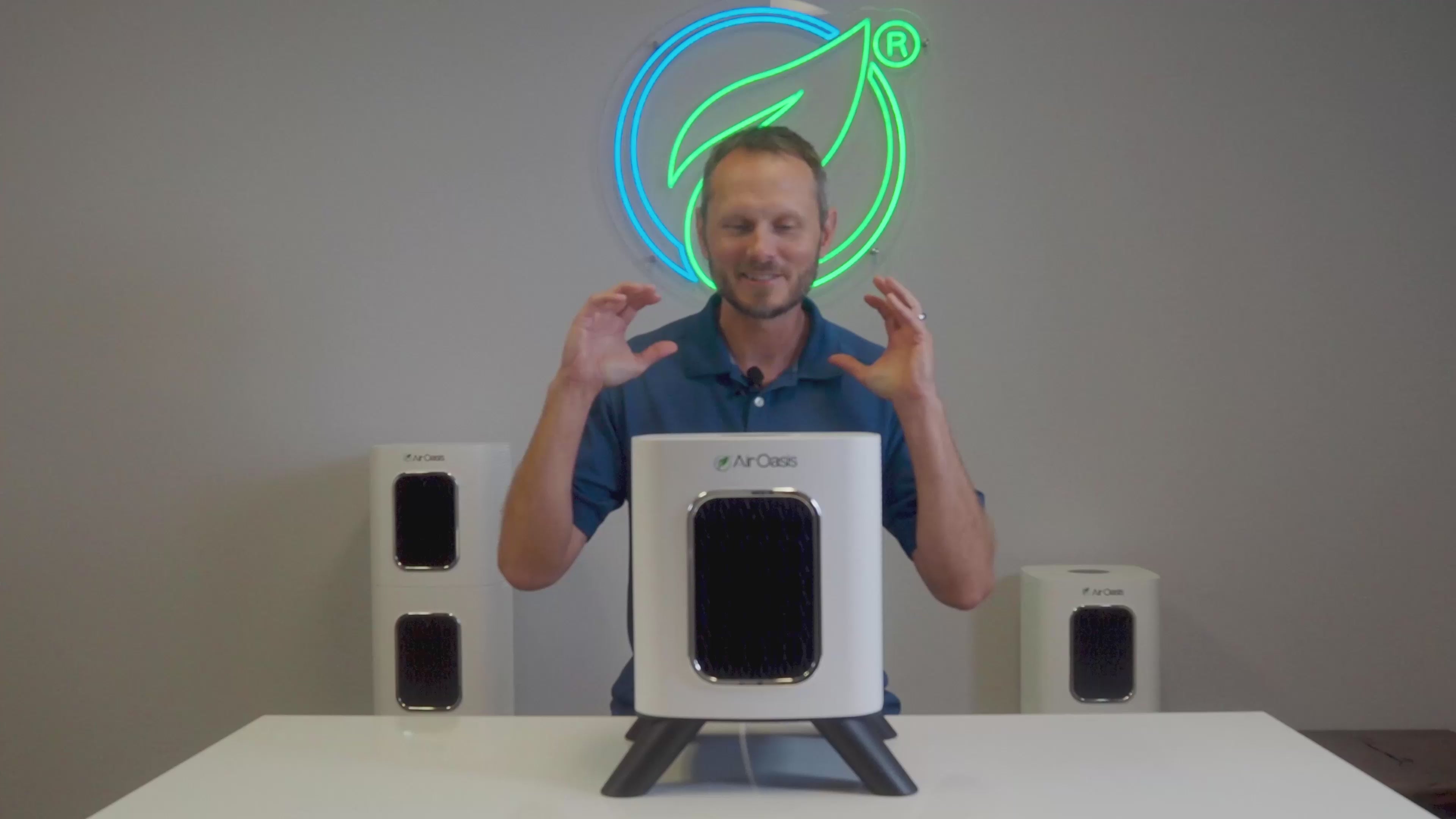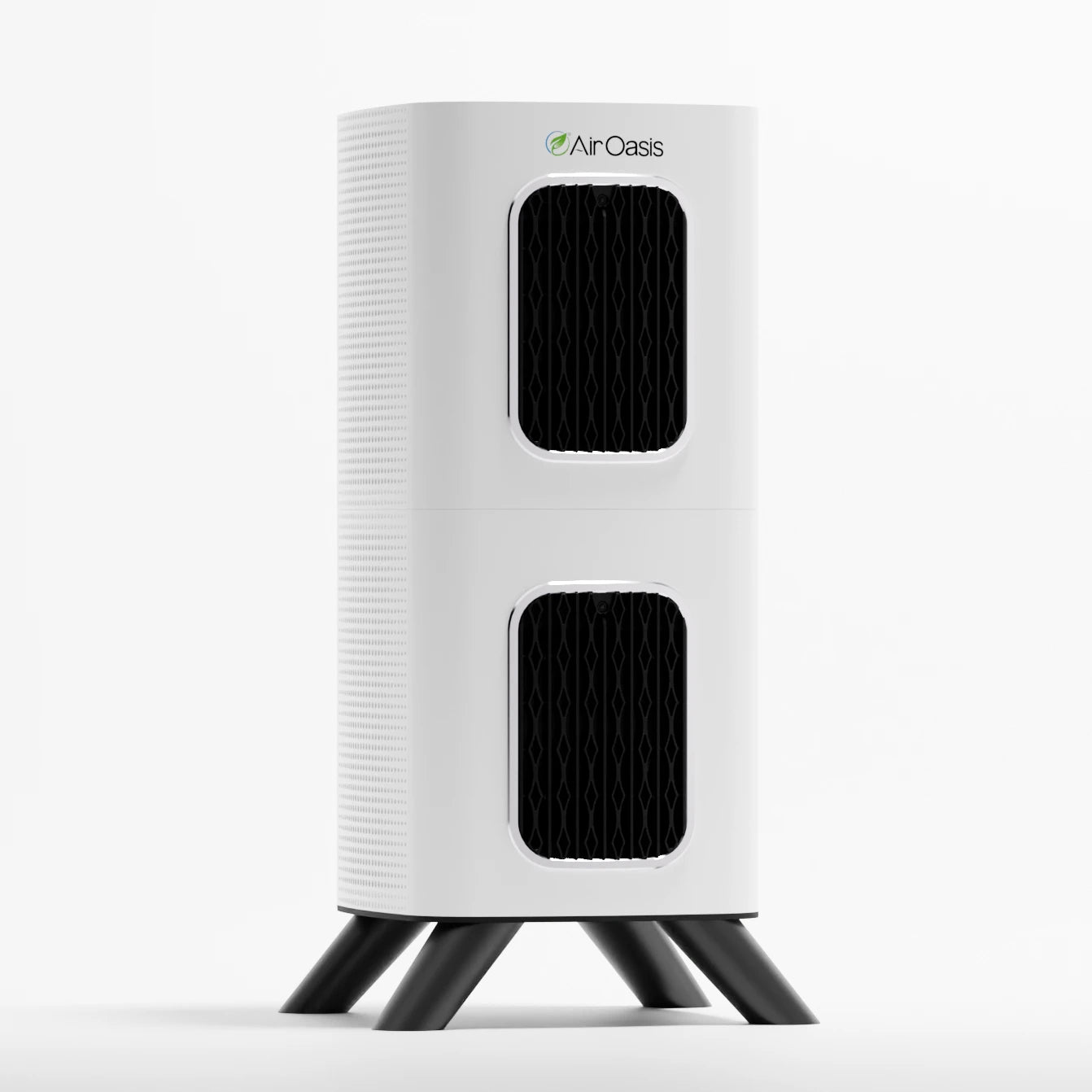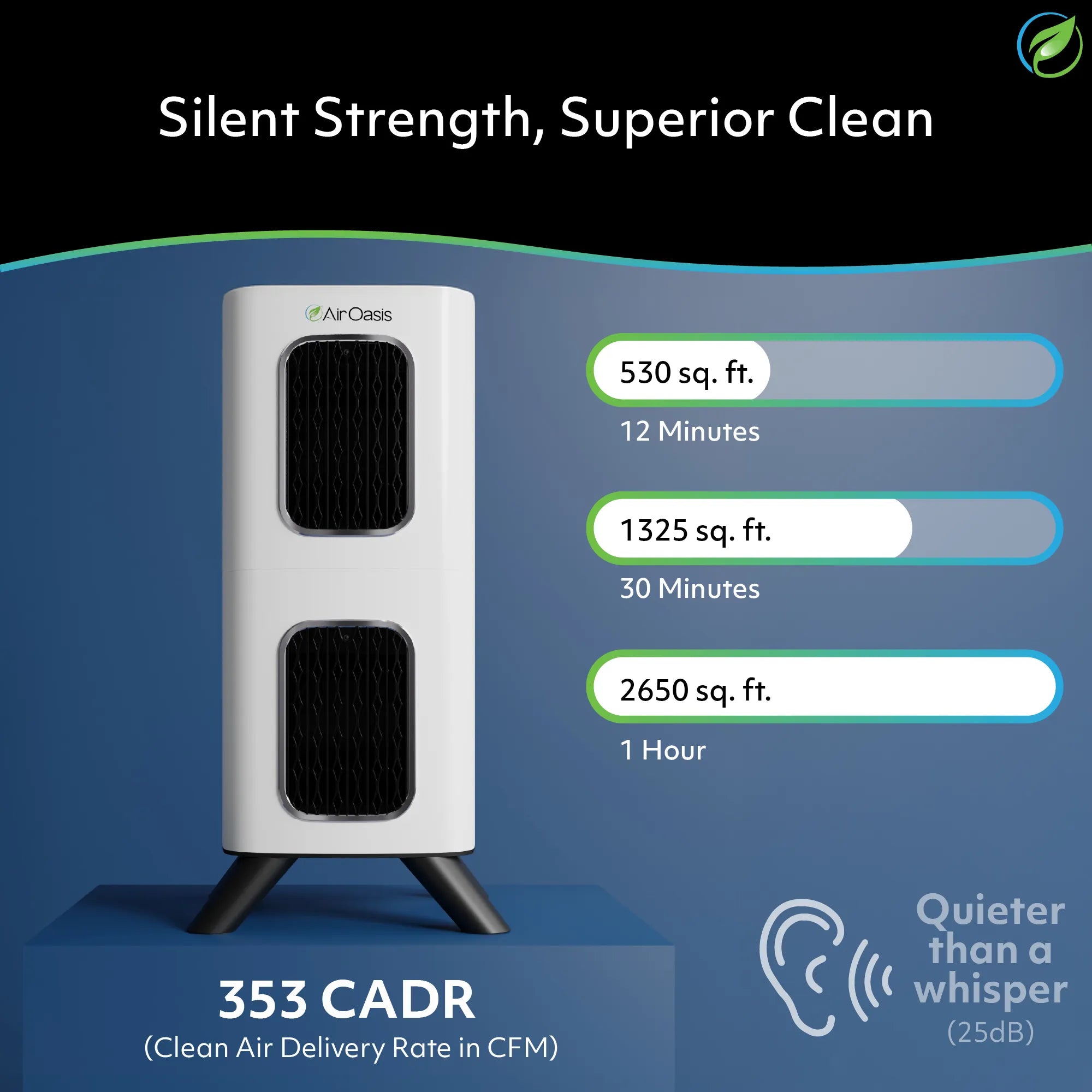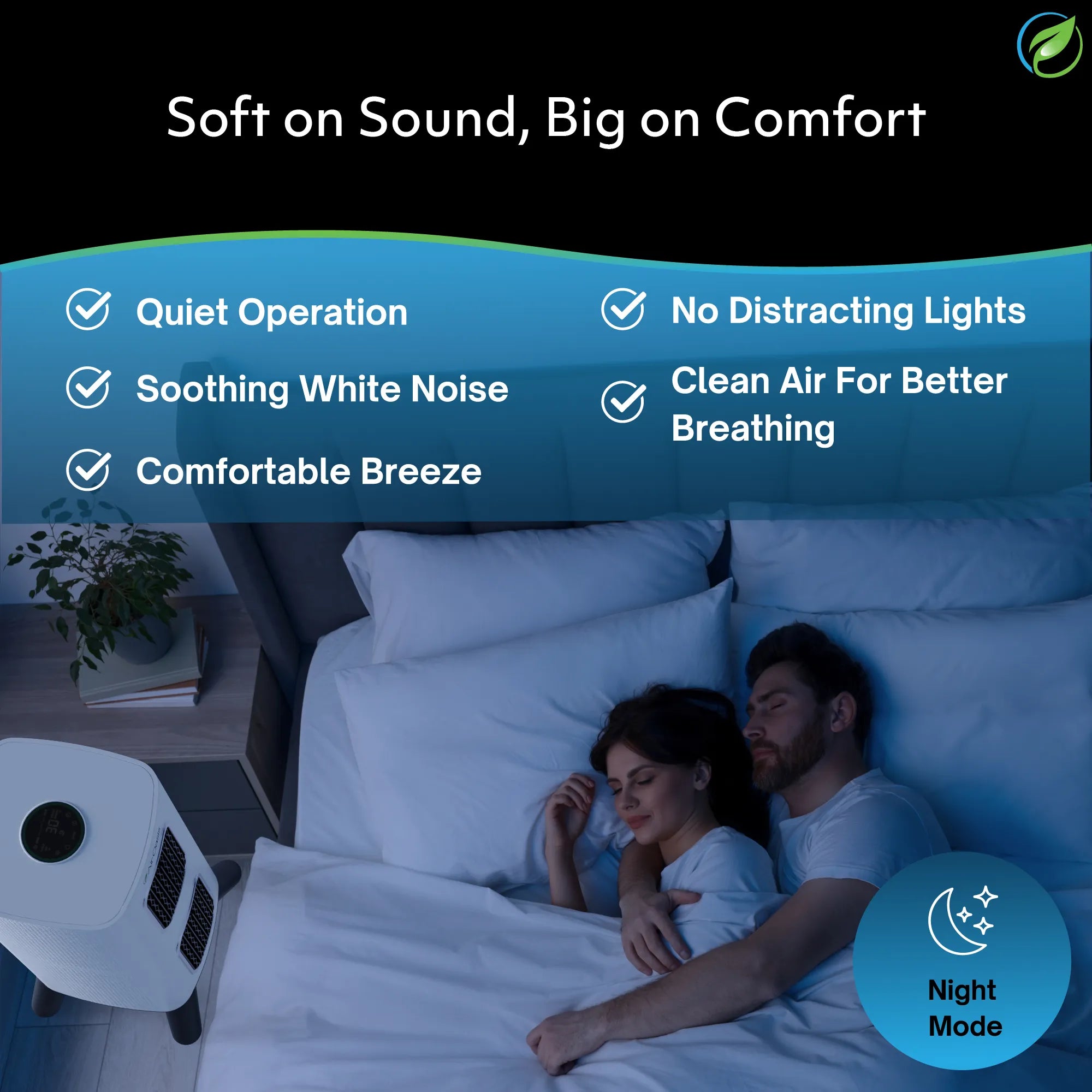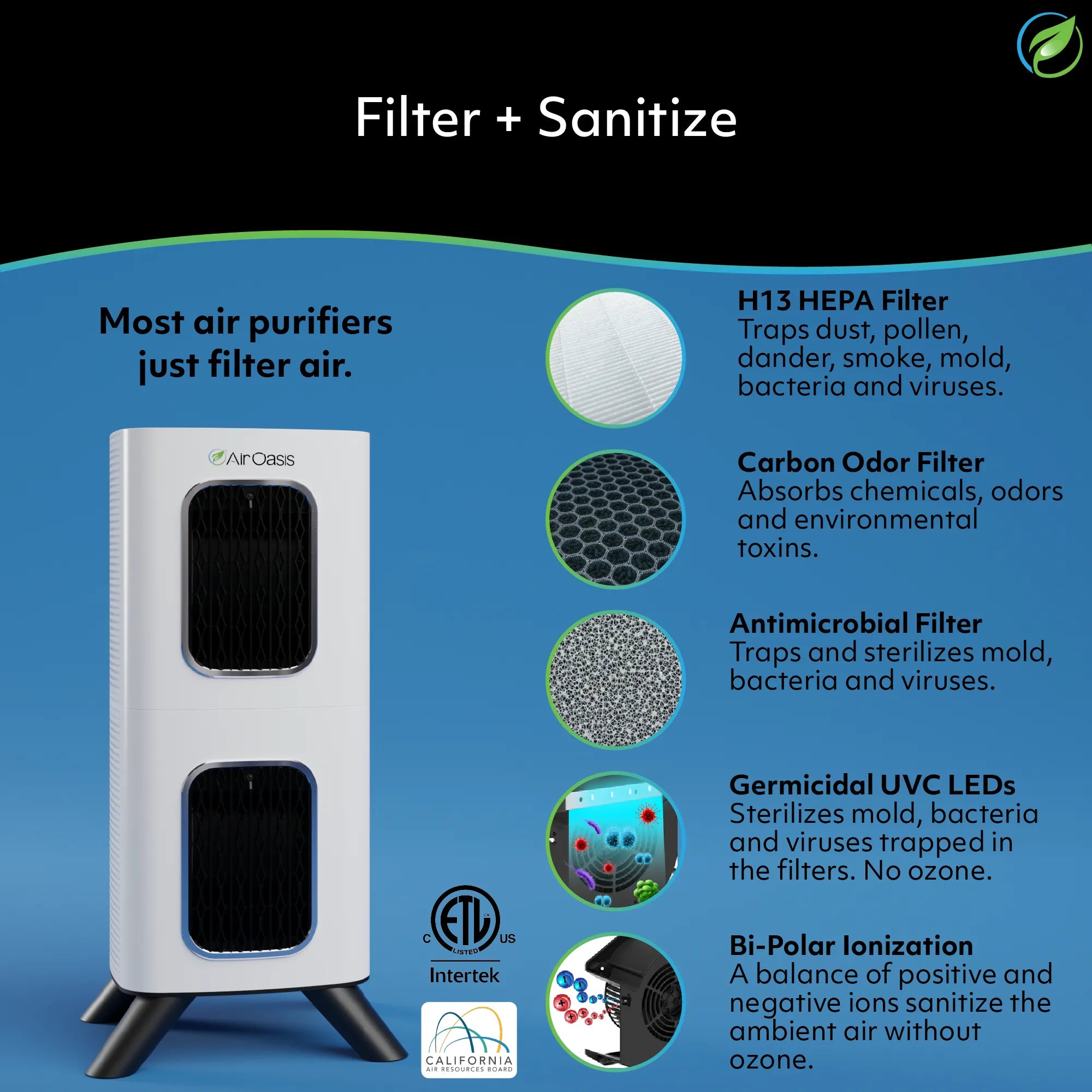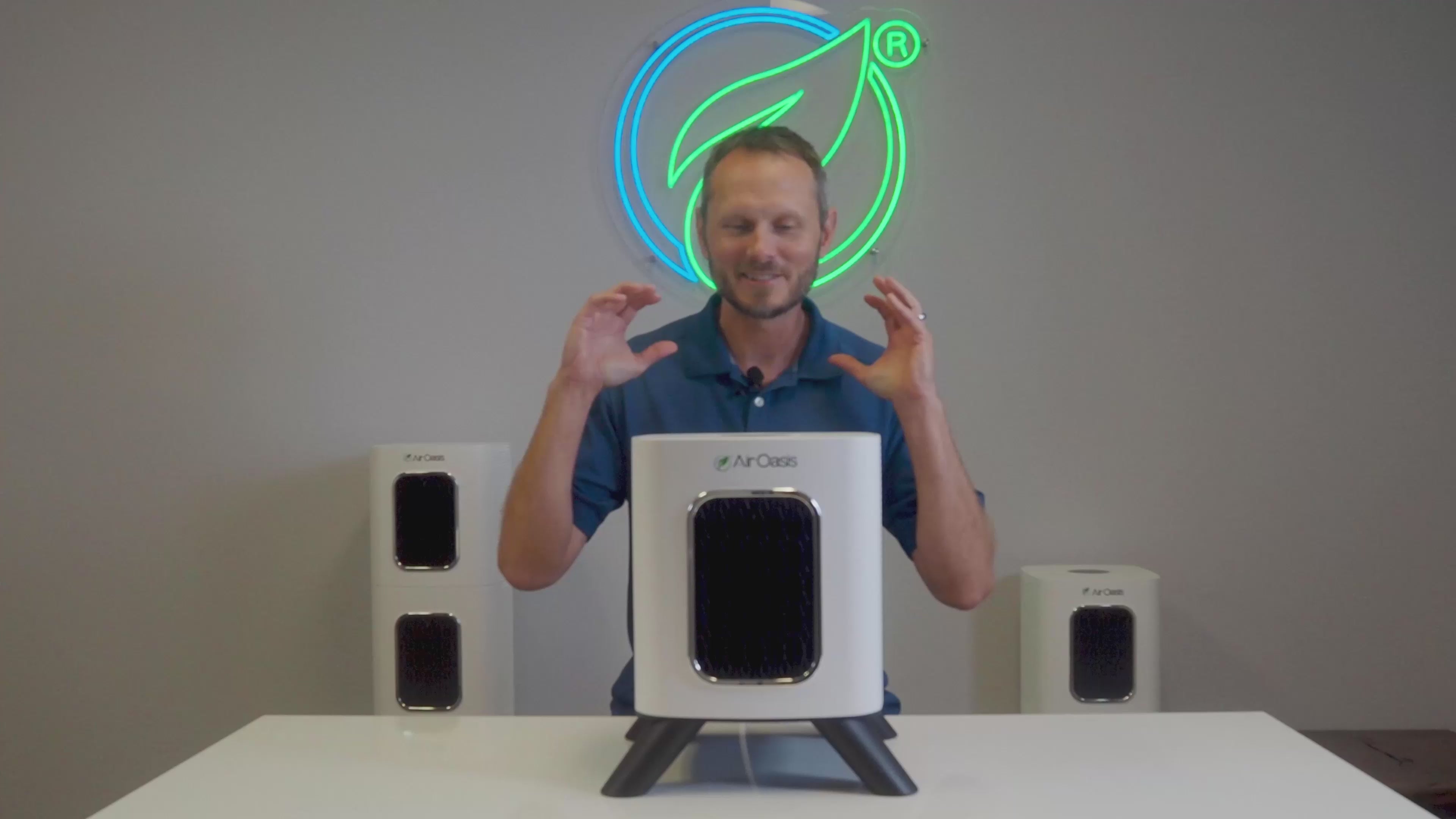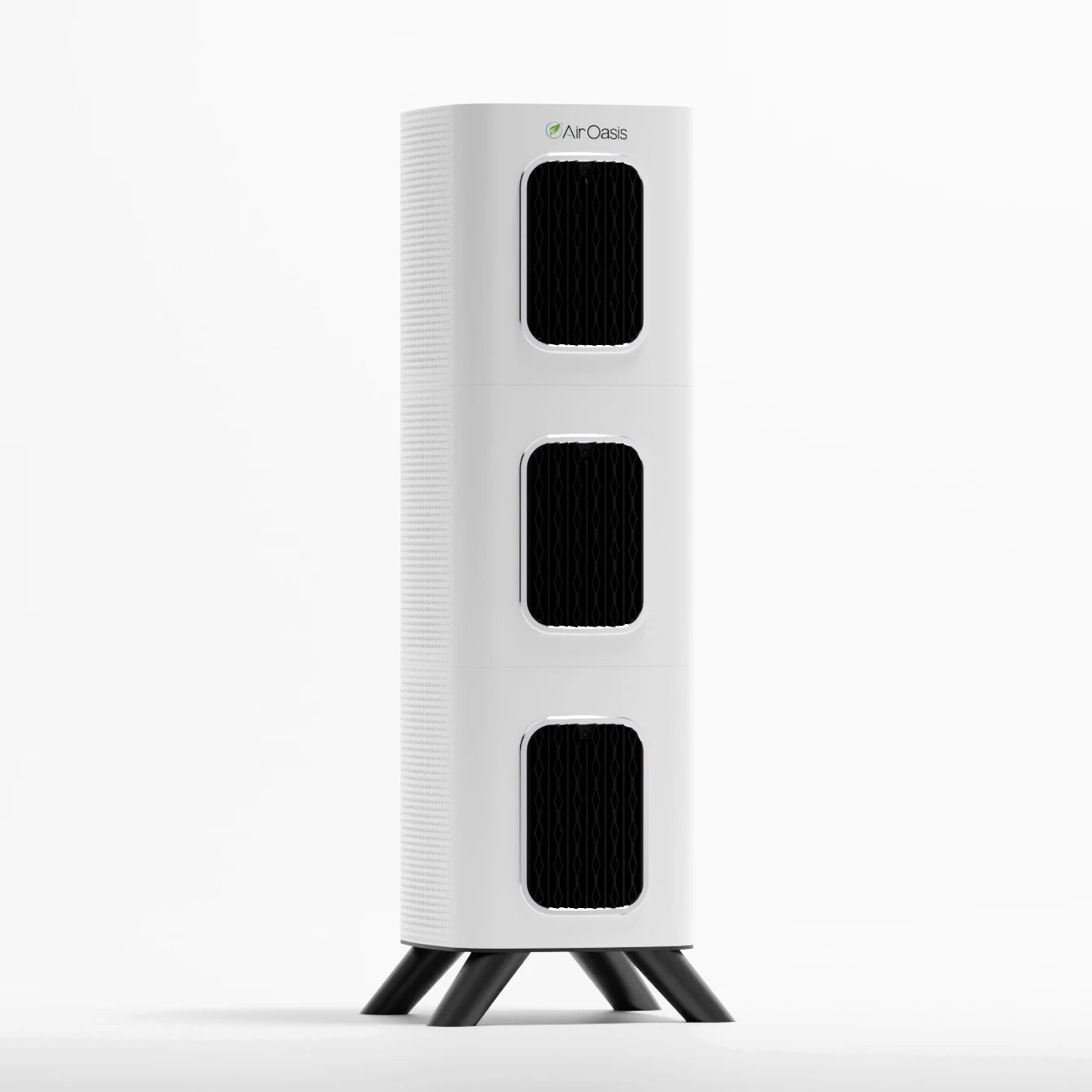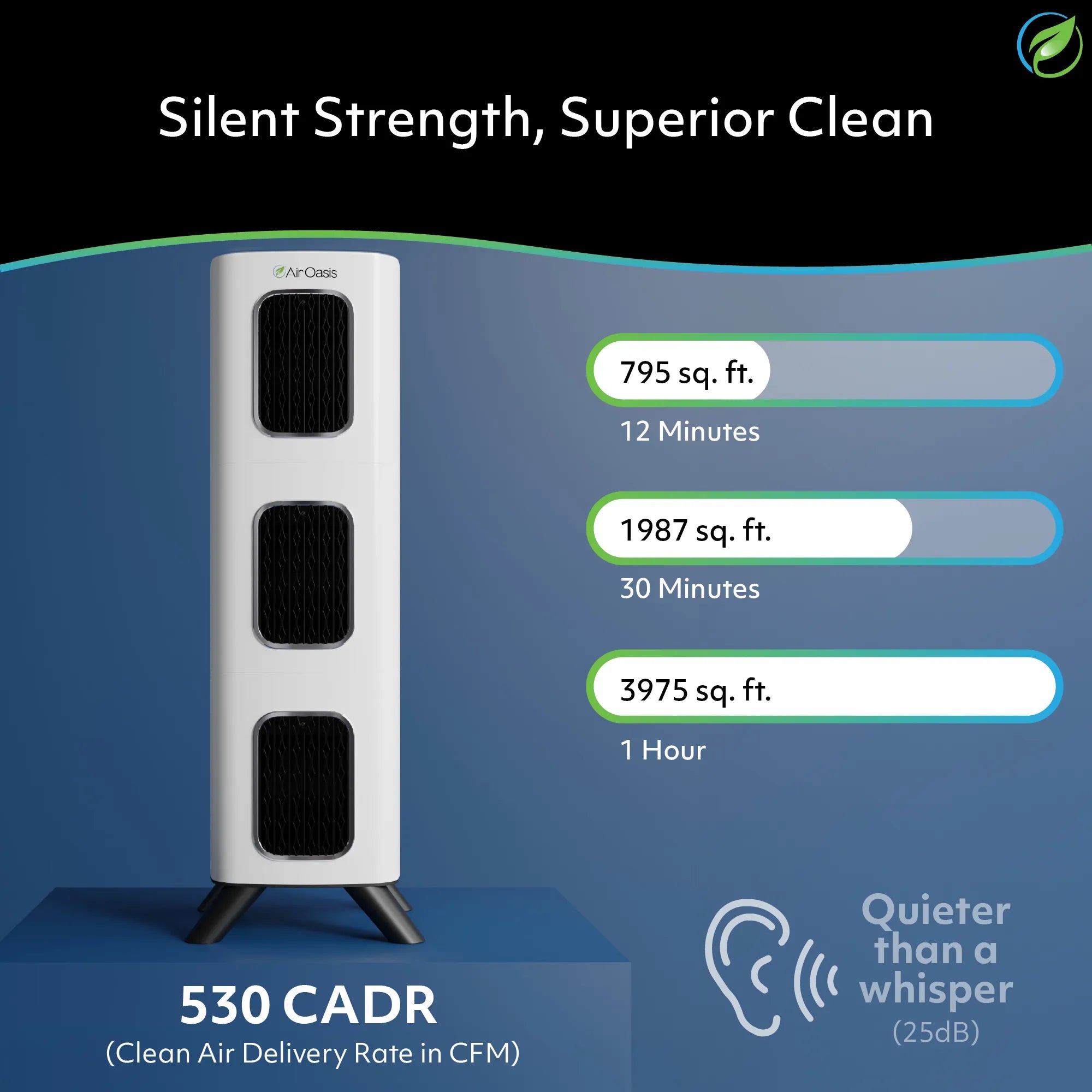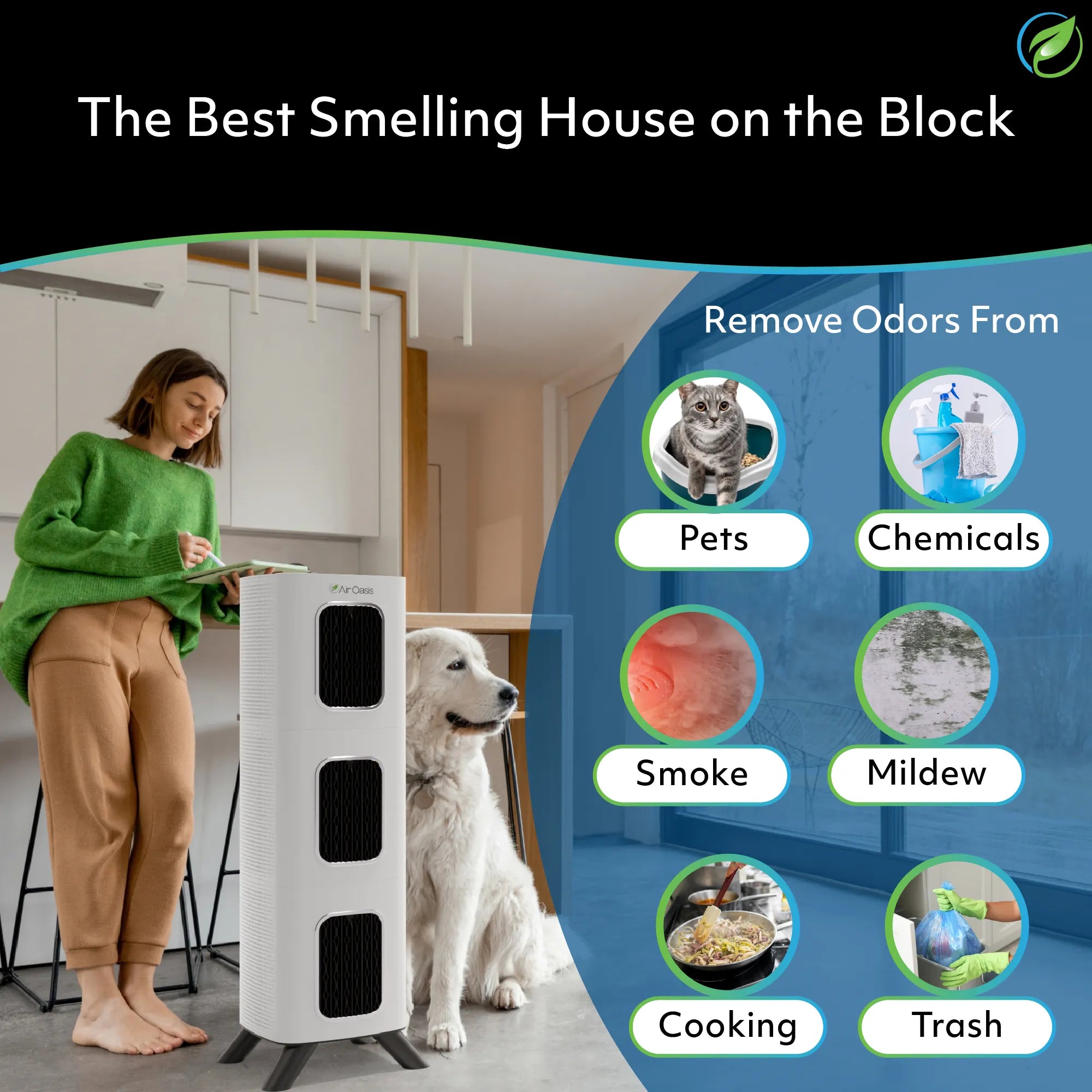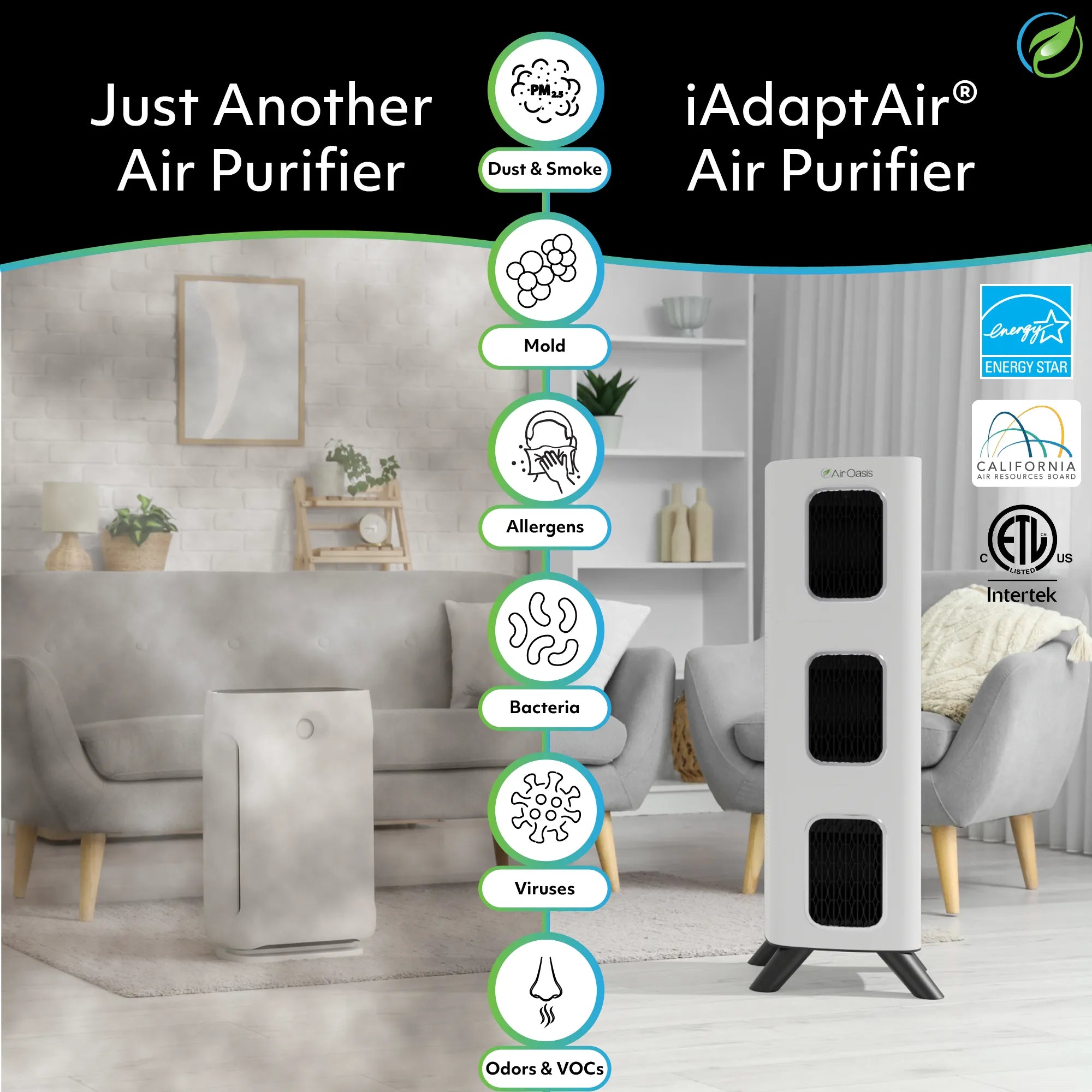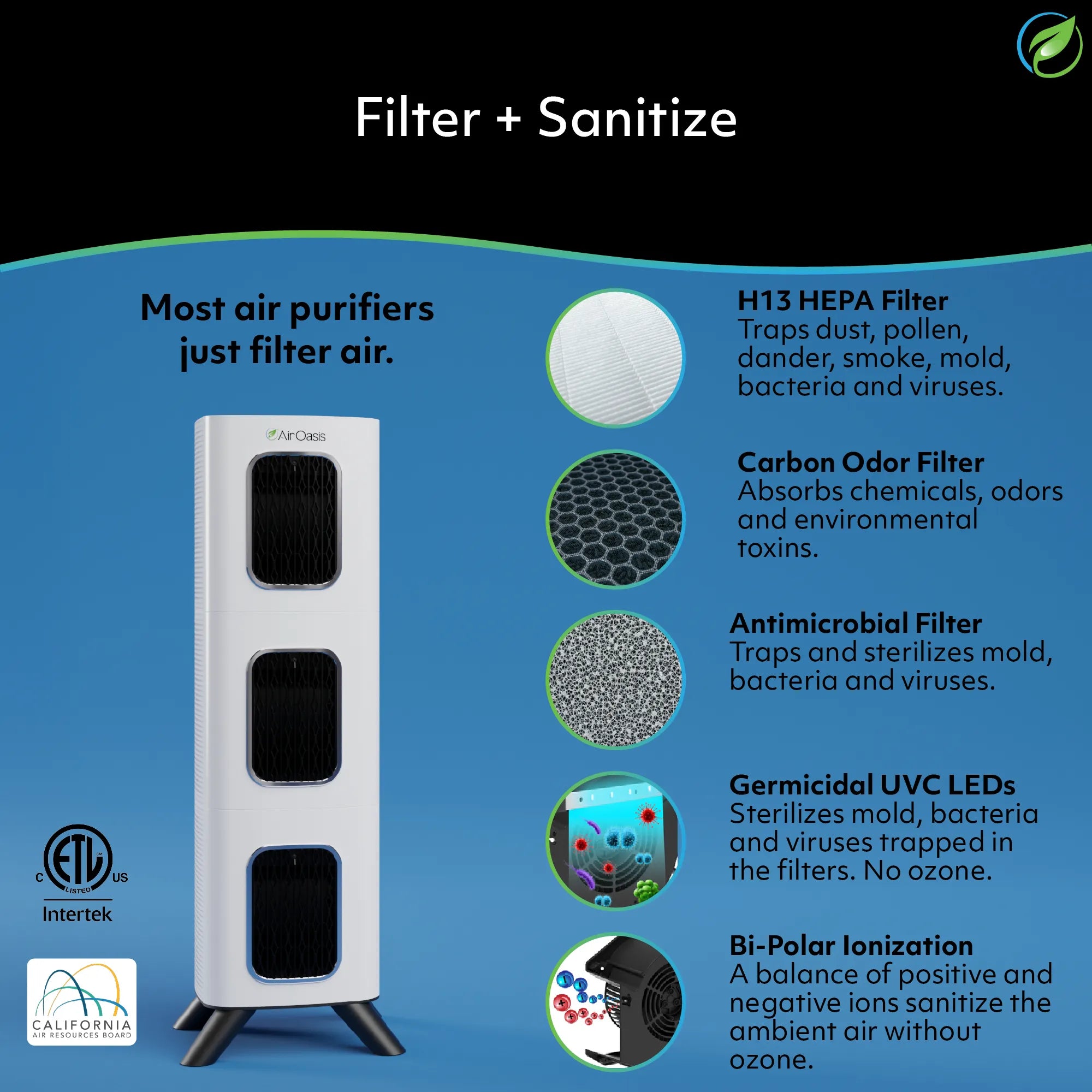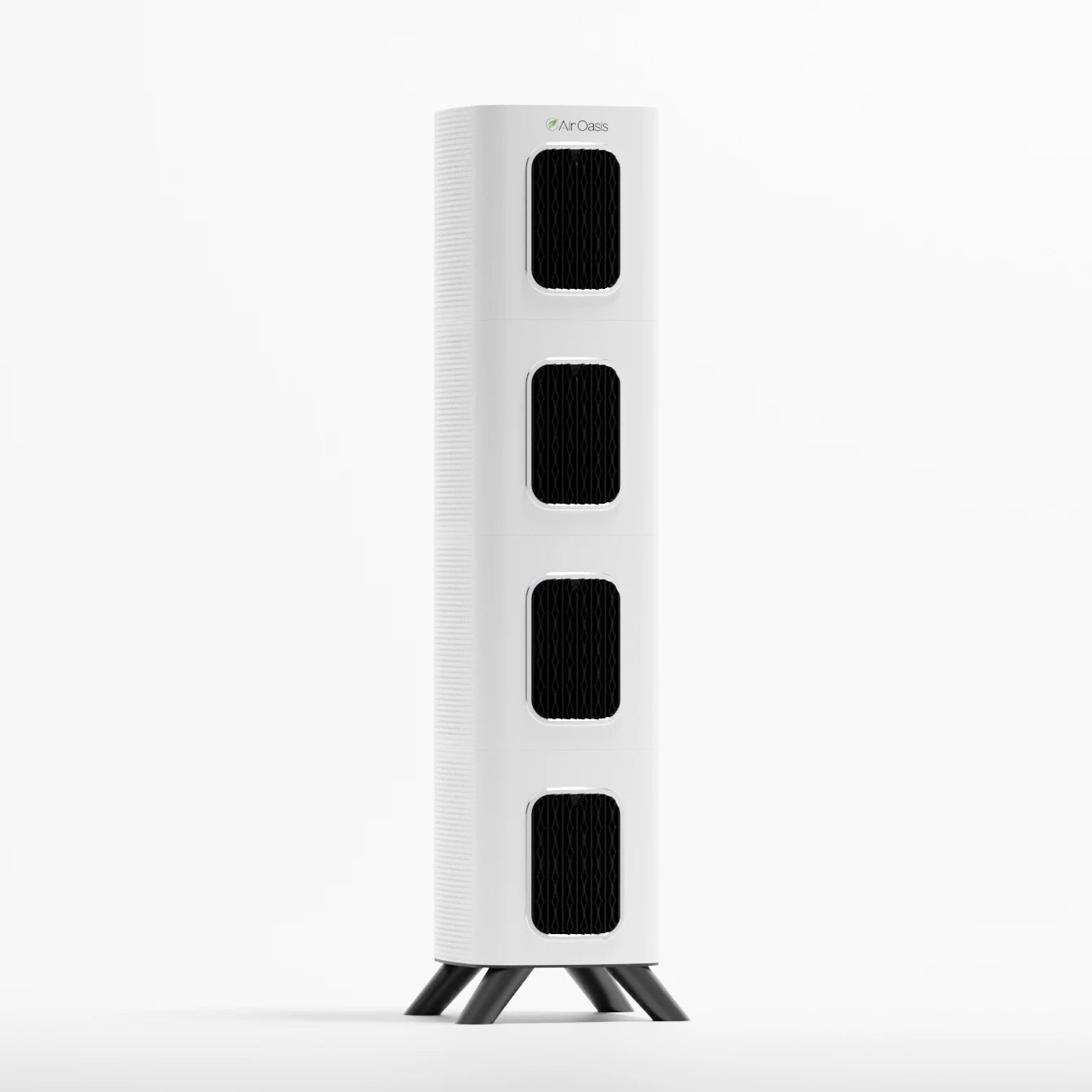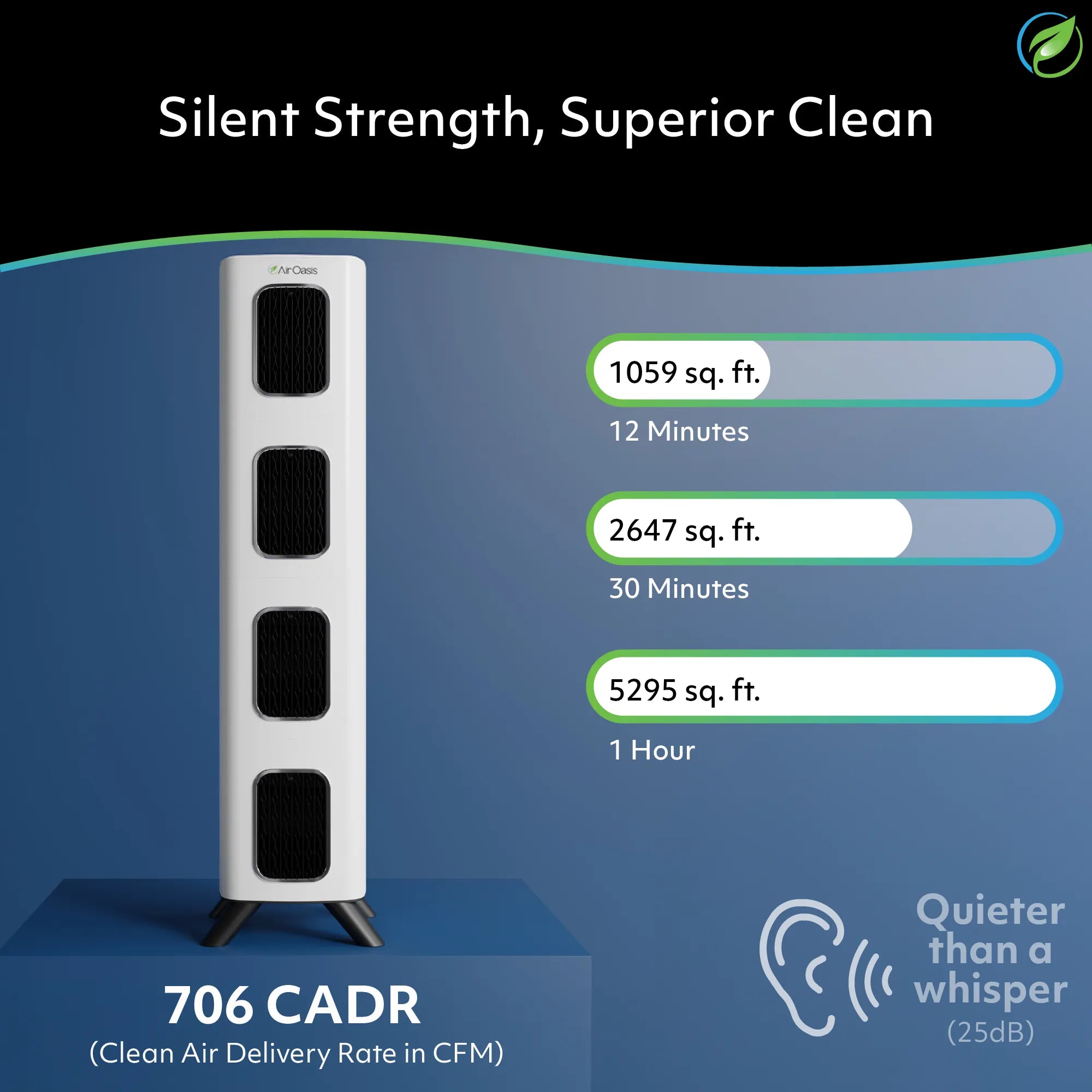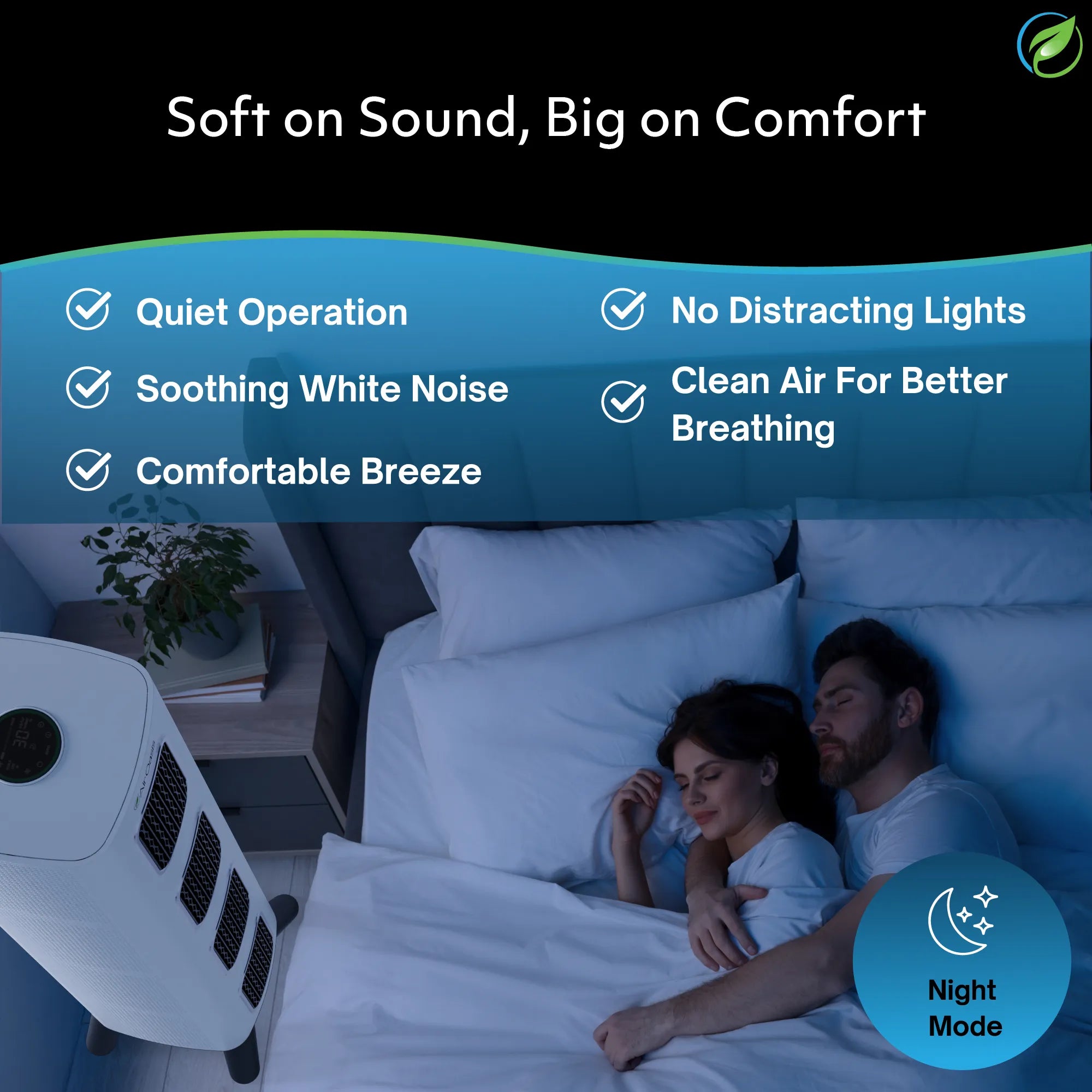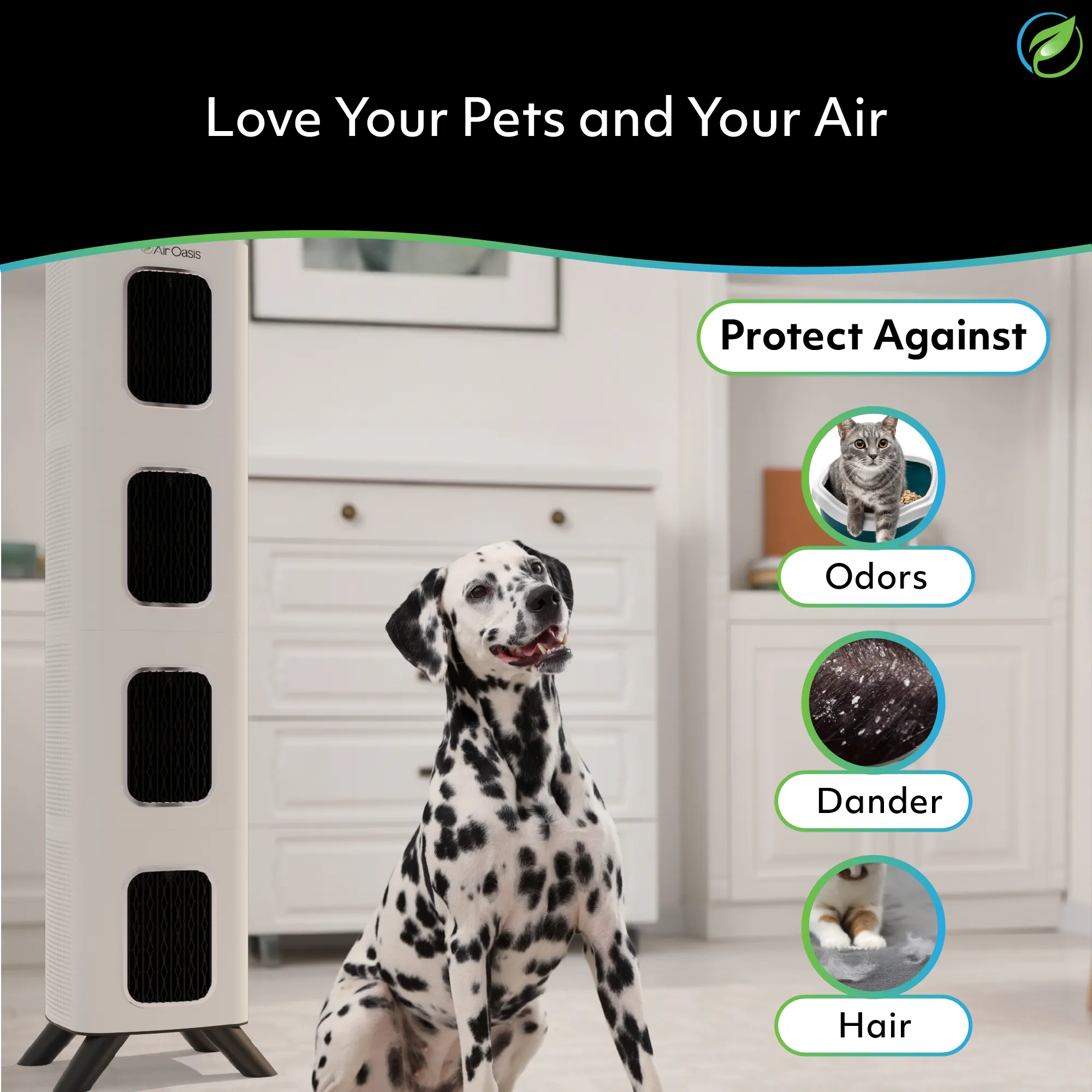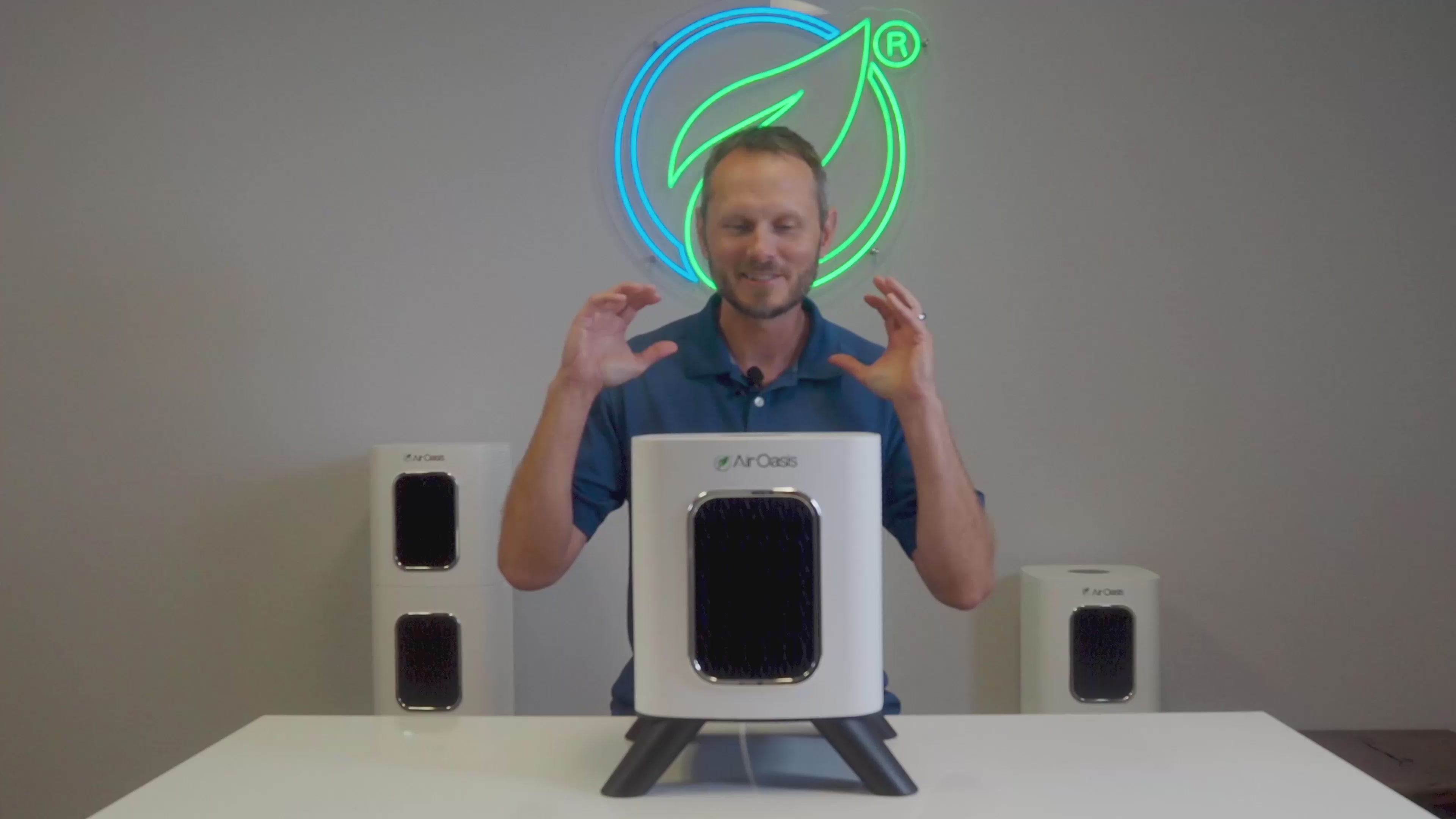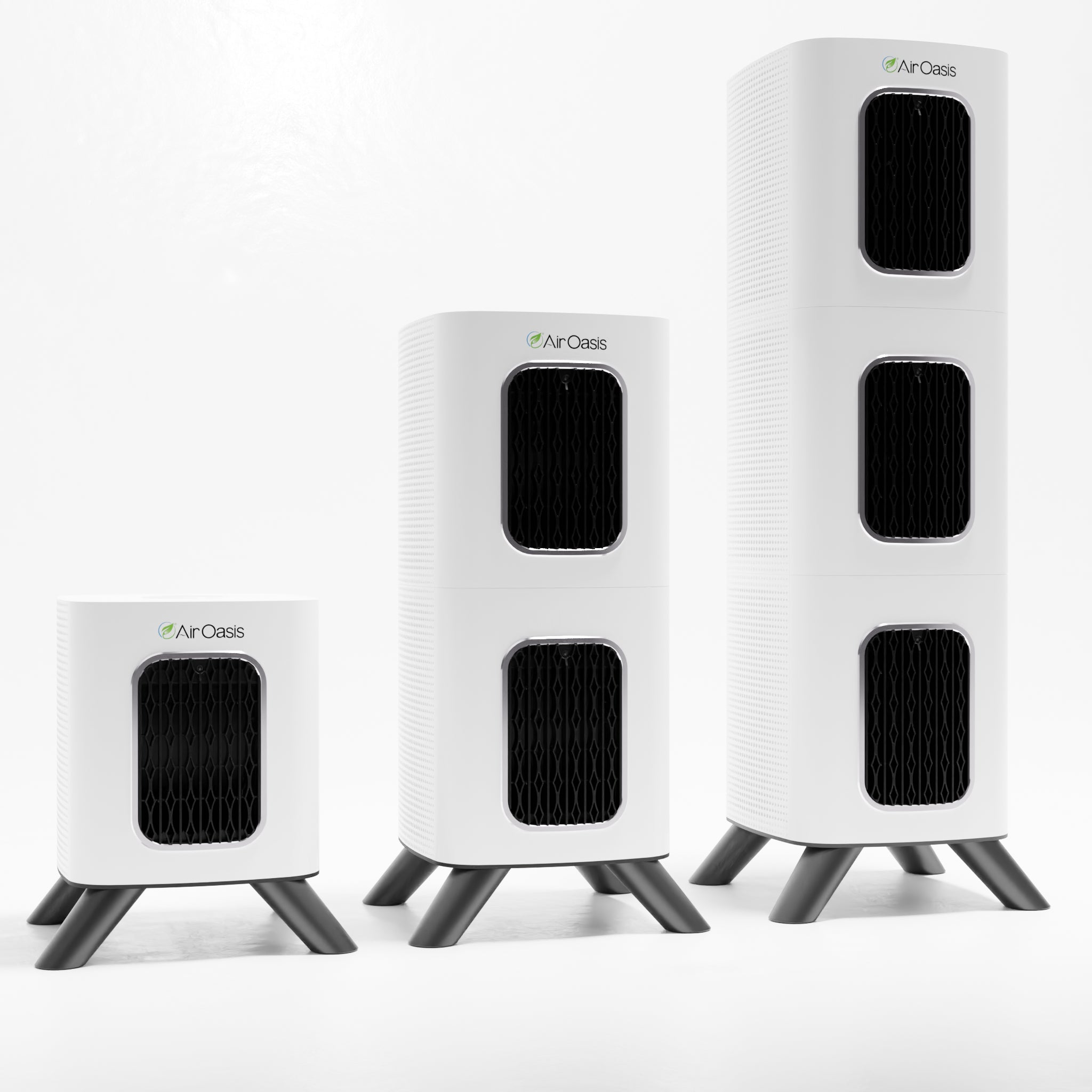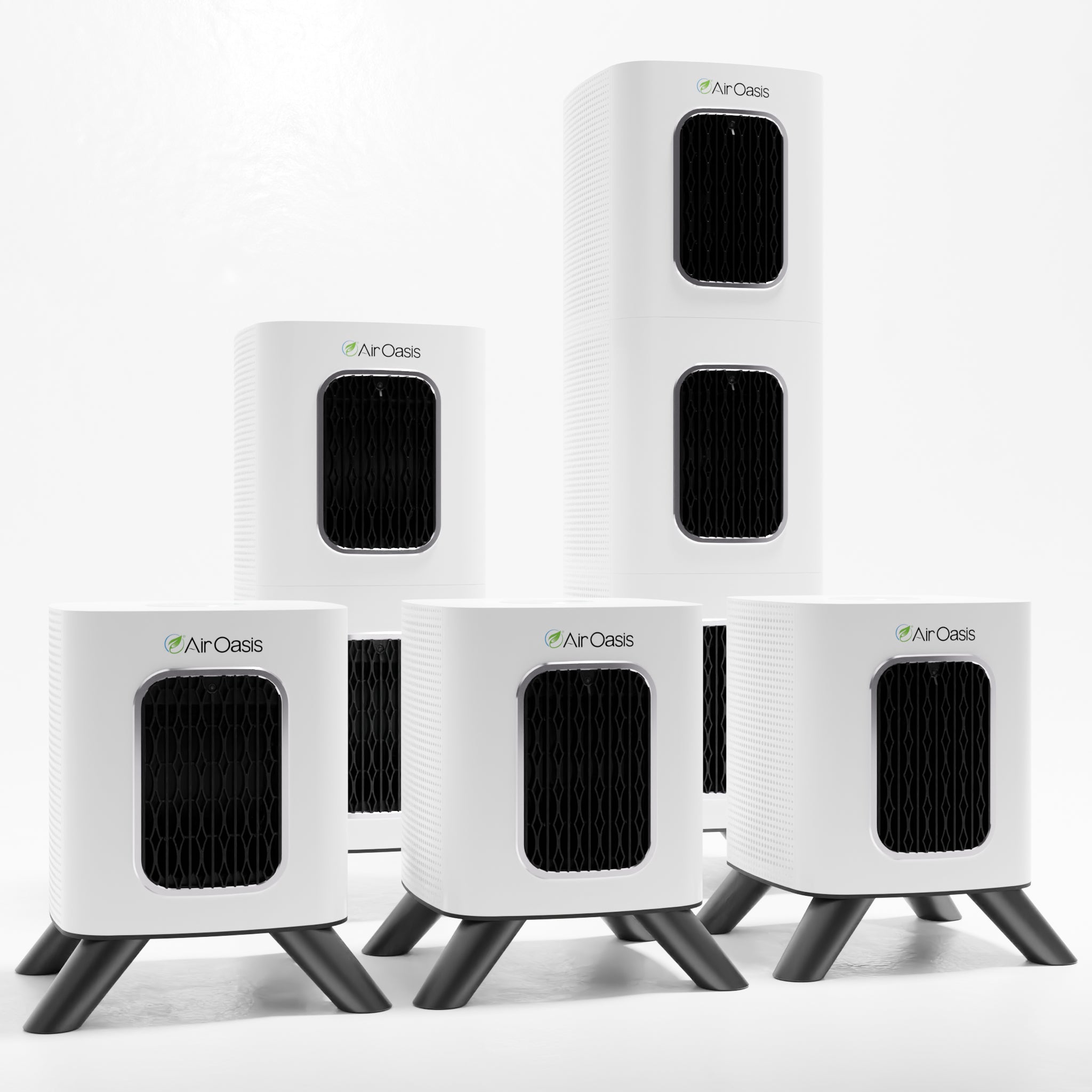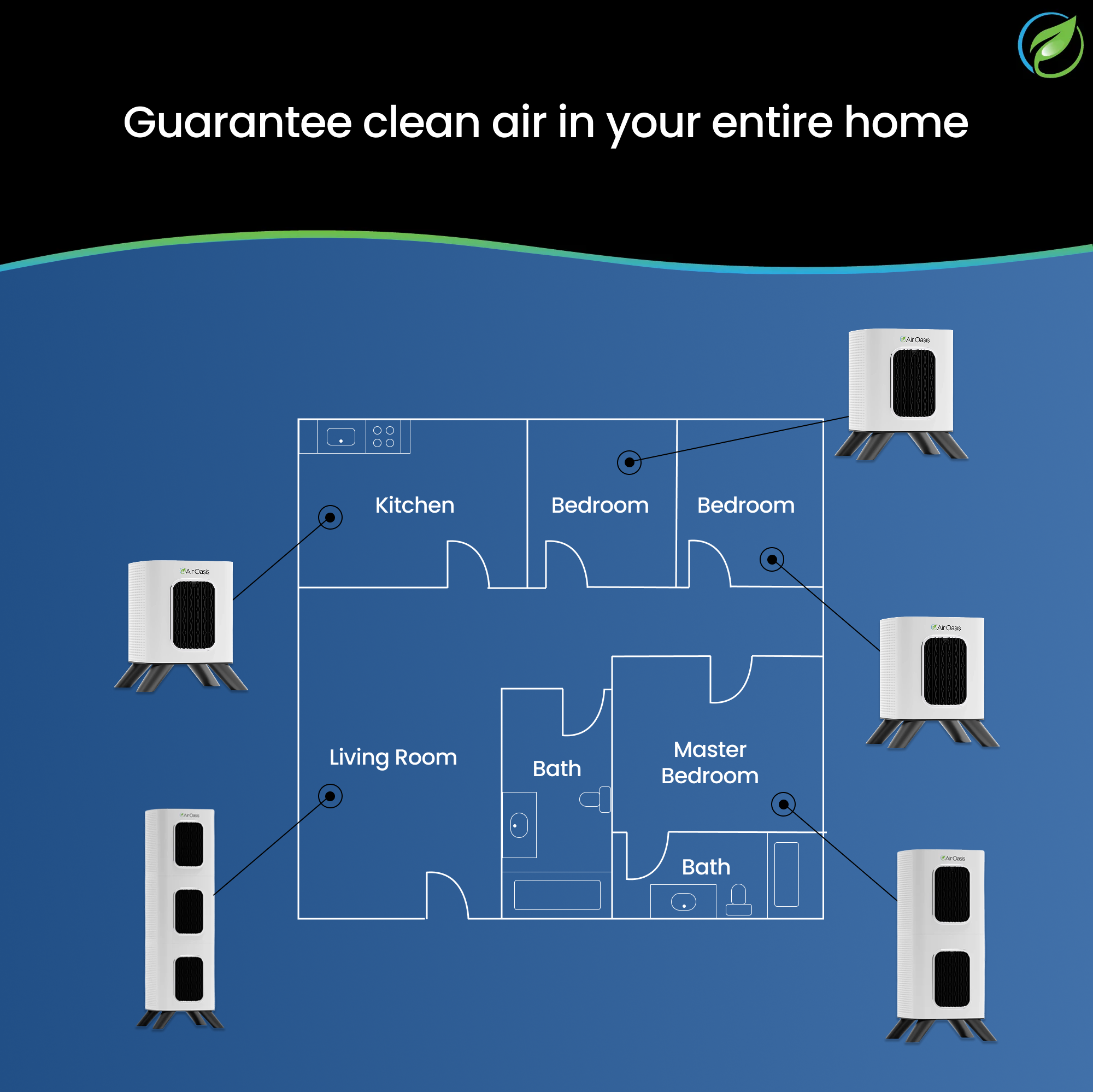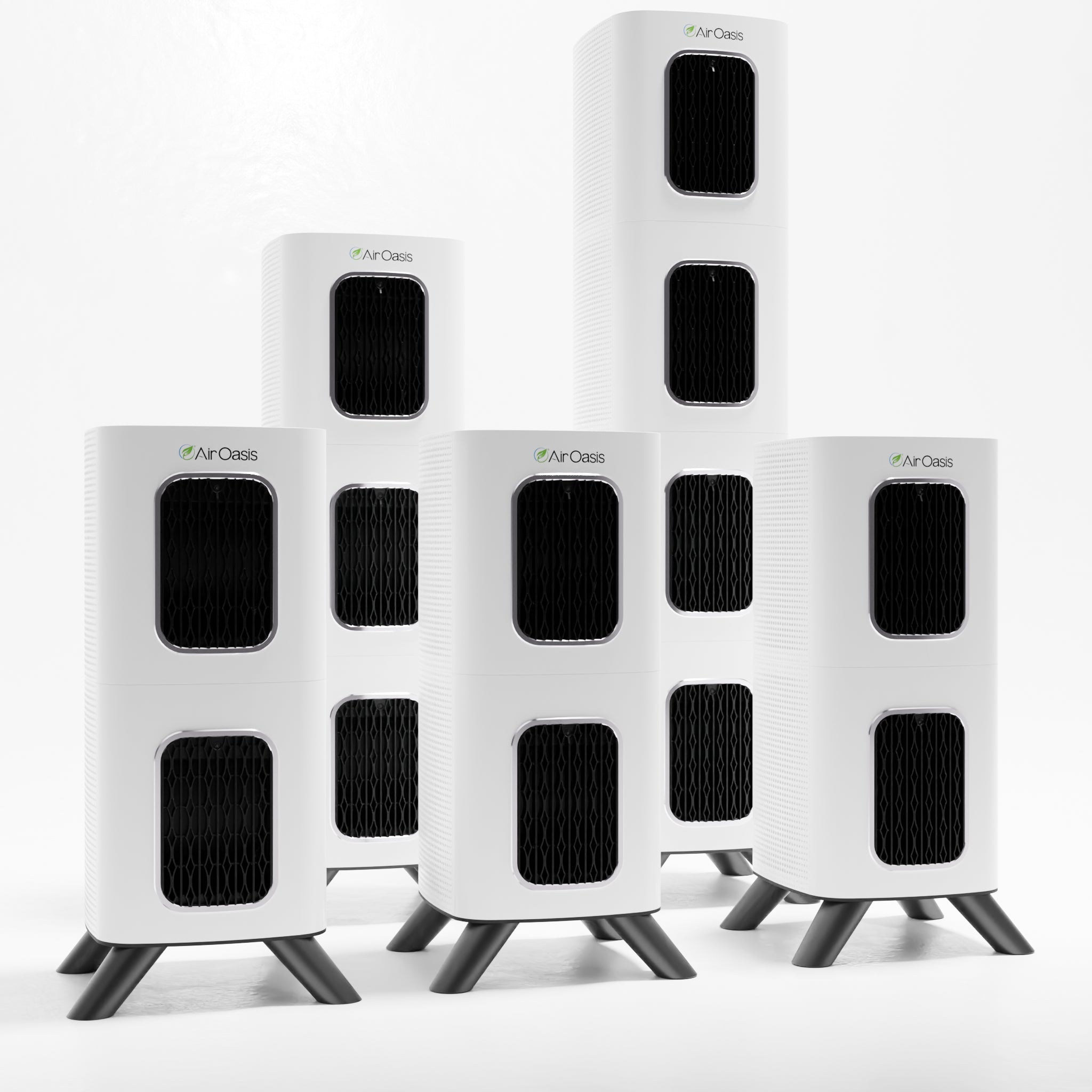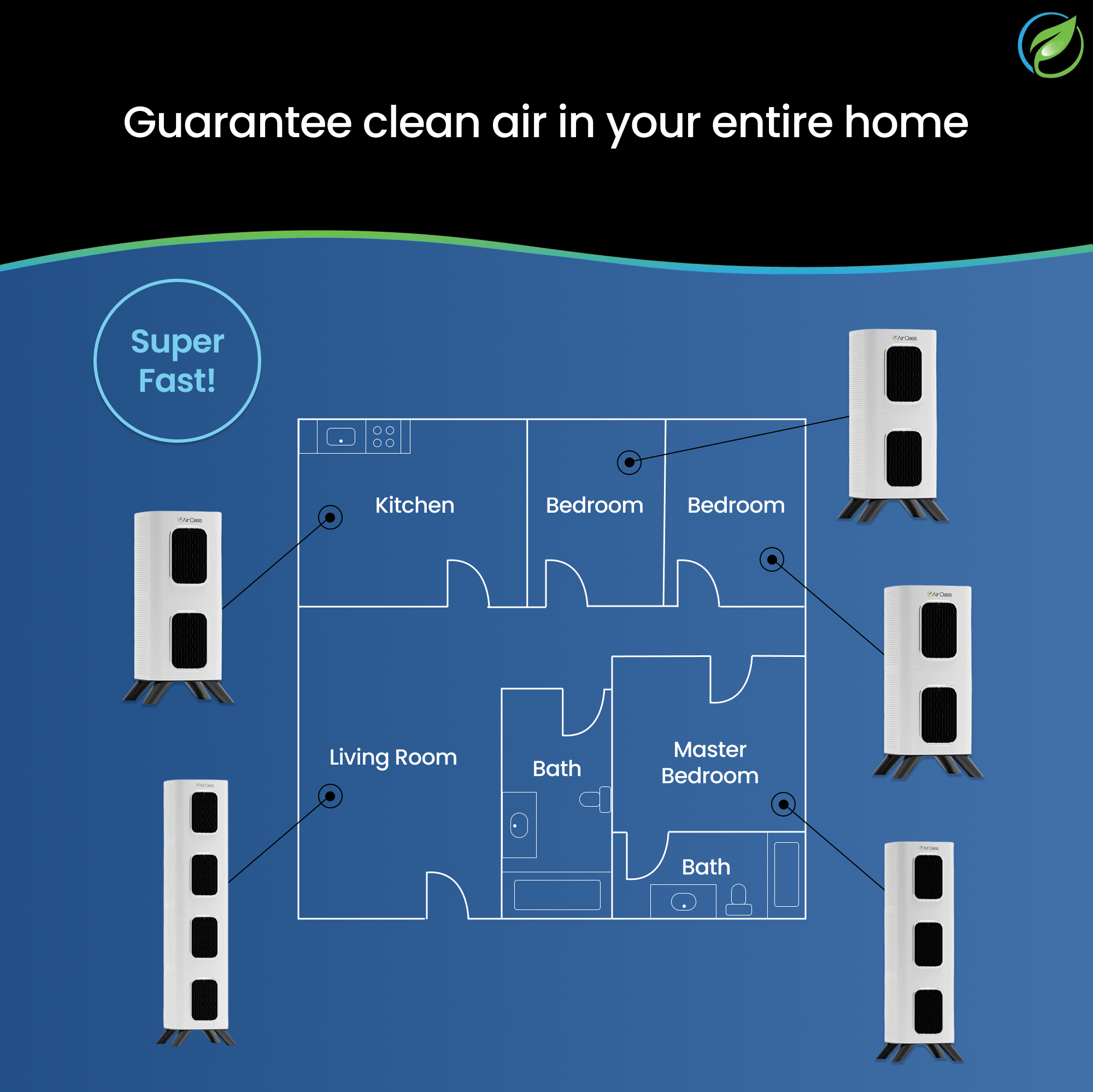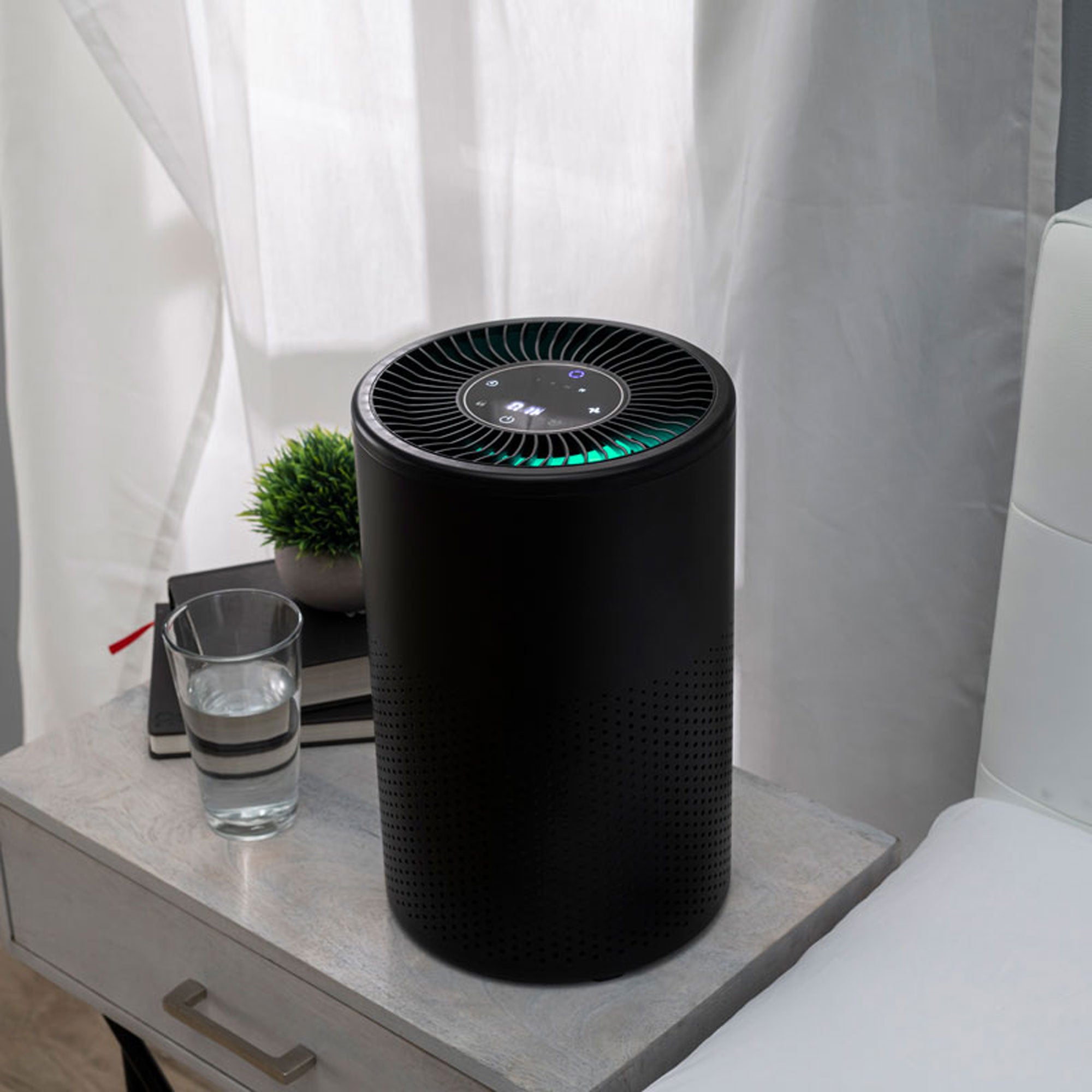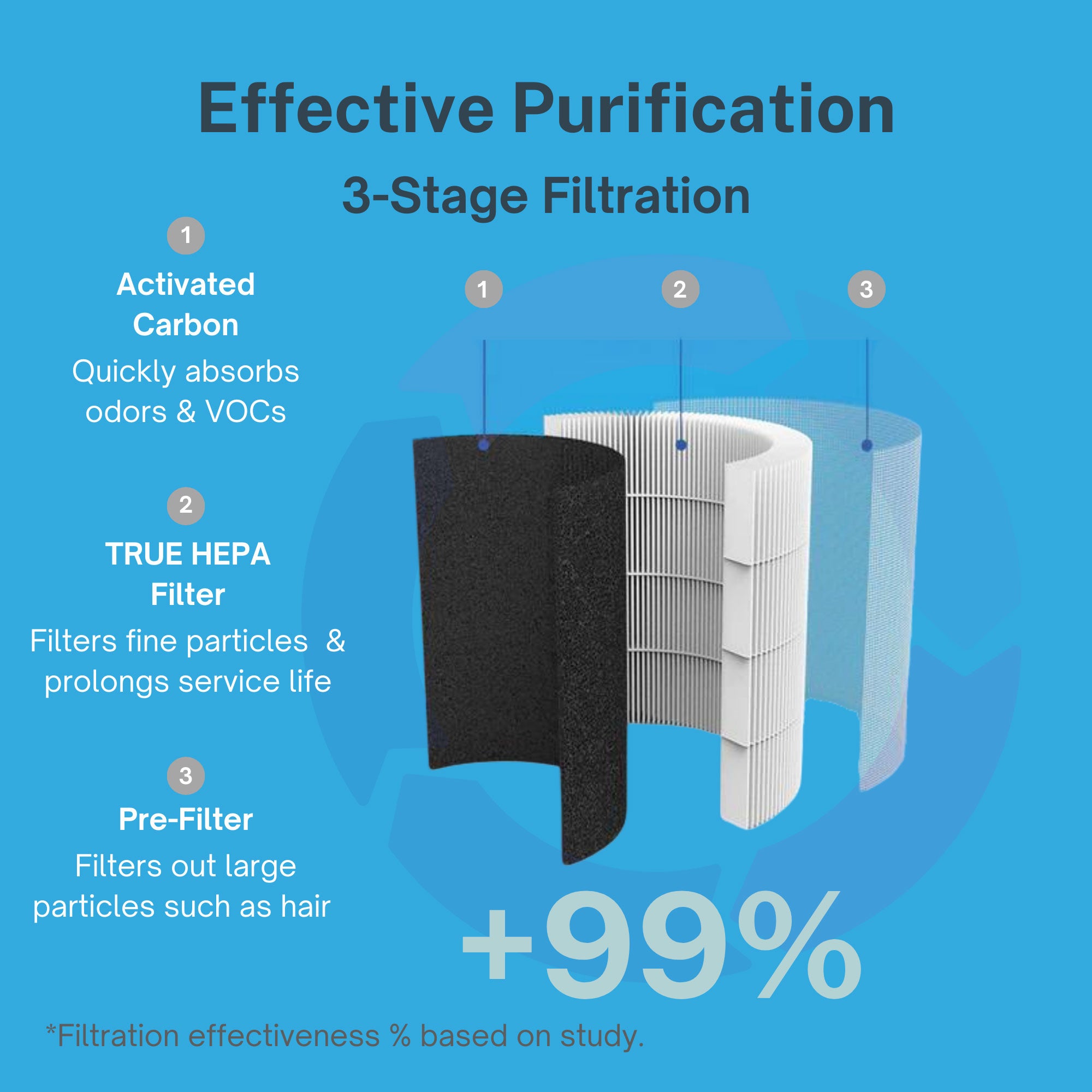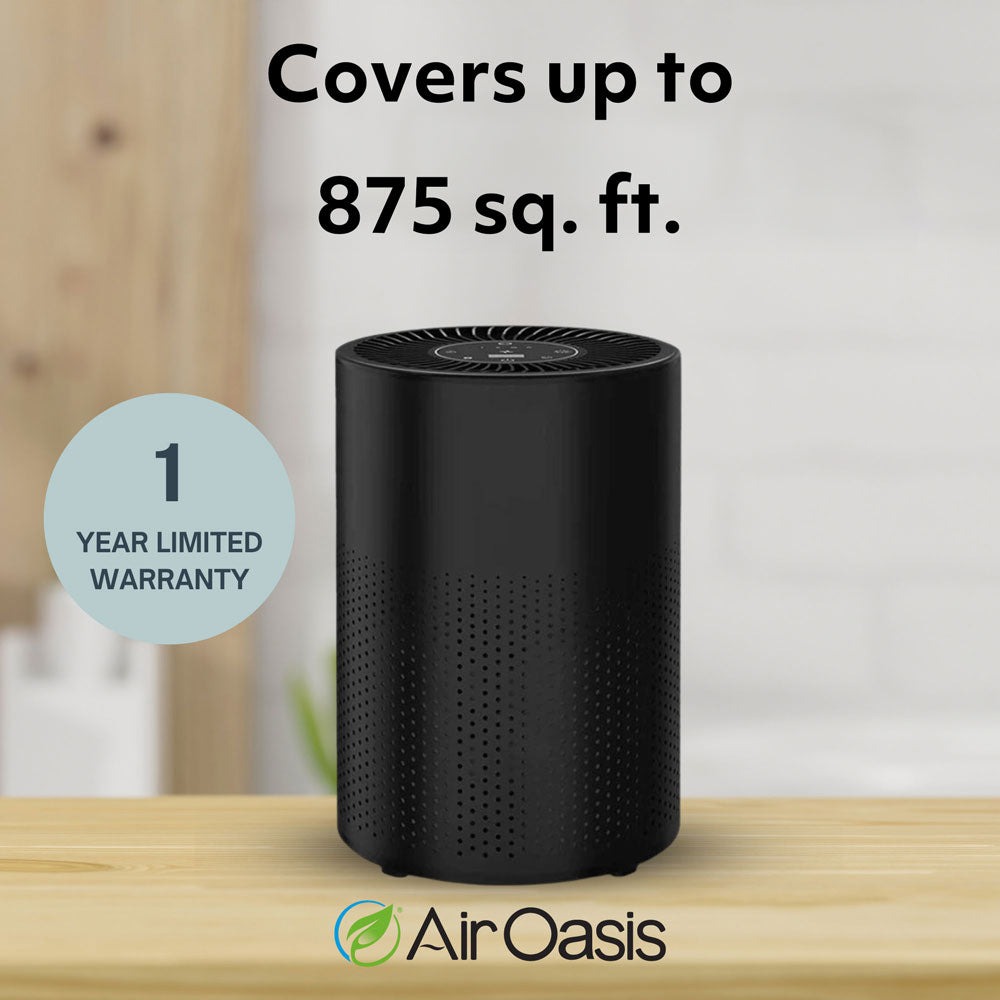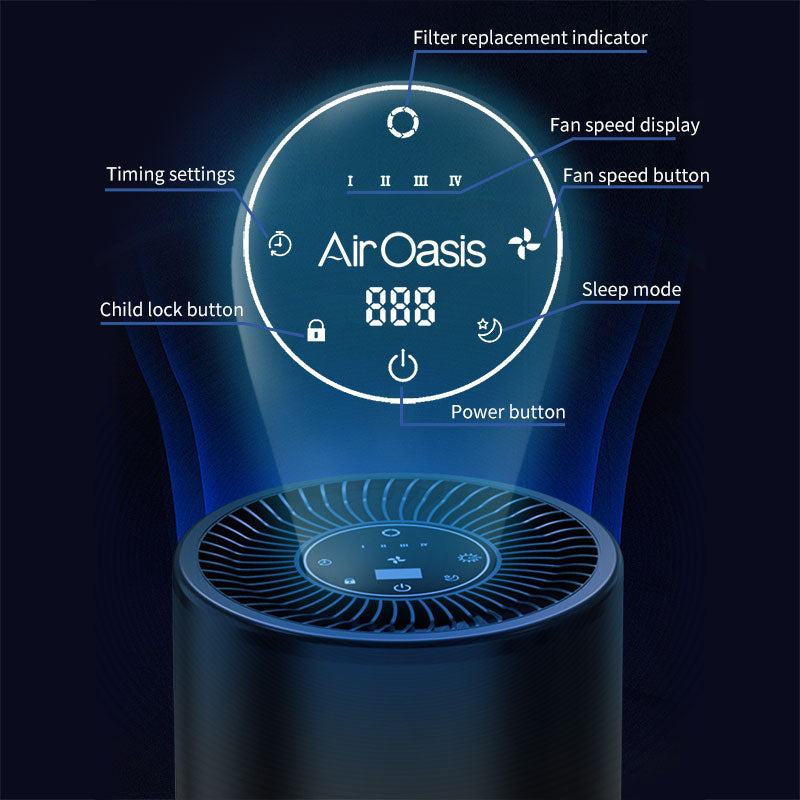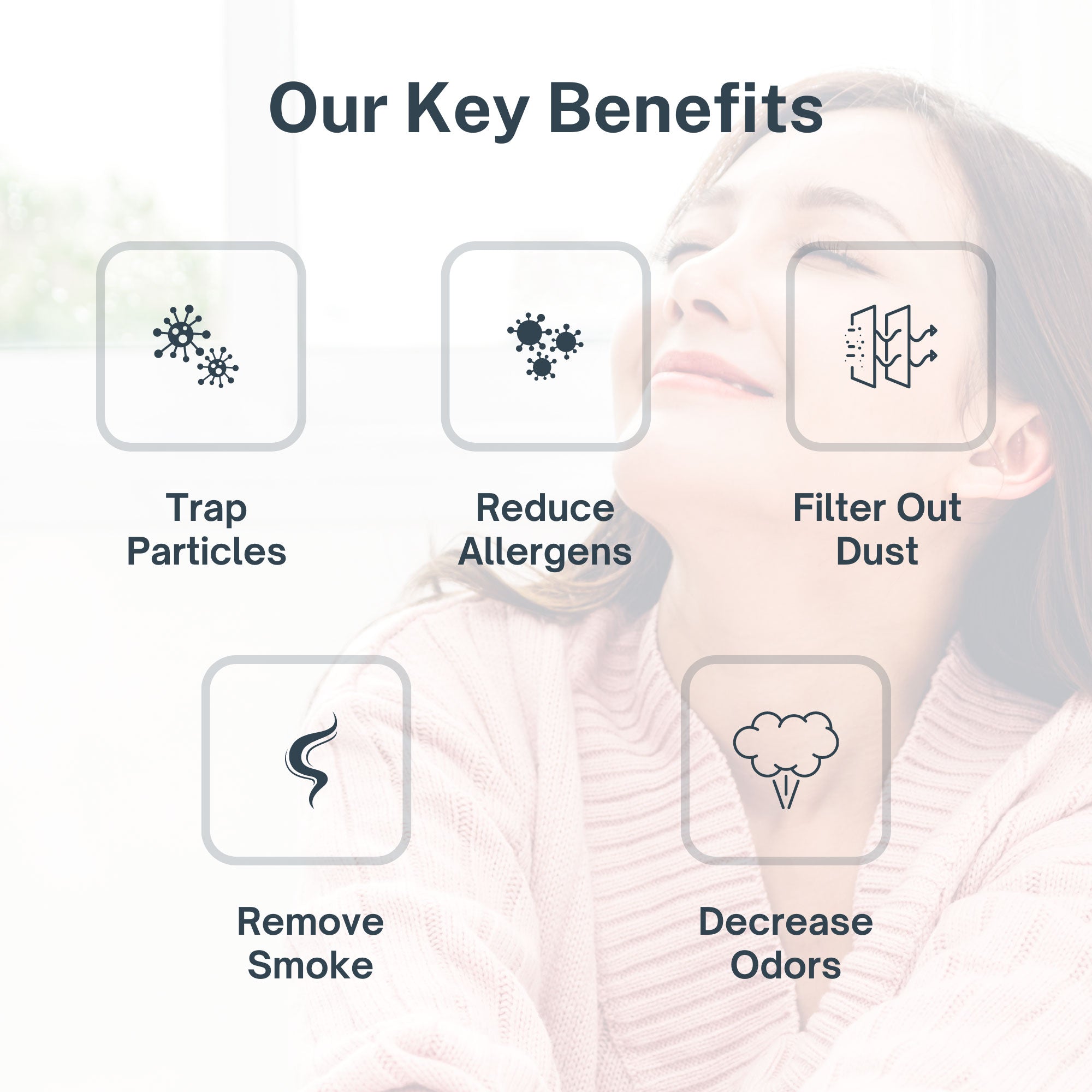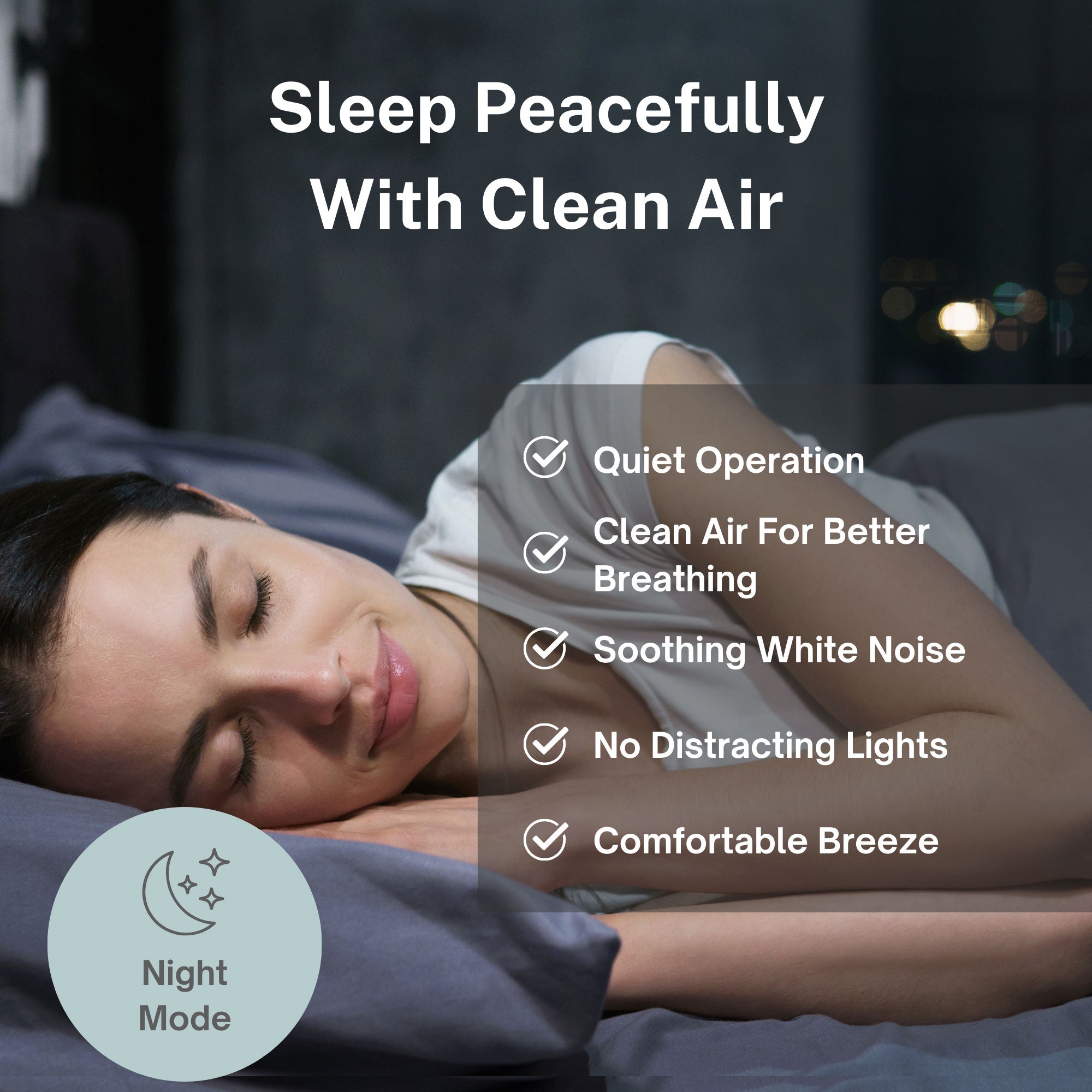Every breath becomes a struggle. Your chest feels tight. You can't climb stairs without gasping. The persistent cough won't go away. And the air quality report just showed orange on the map.
For the 16 million Americans diagnosed with chronic obstructive pulmonary disease, air pollution isn't just uncomfortable. It's dangerous. Poor air quality triggers exacerbations, accelerates disease progression, and increases hospitalization risk. Understanding this connection could mean the difference between managing your condition and facing a medical crisis.
Understanding COPD and Air Quality
Chronic obstructive pulmonary disease encompasses two main conditions: chronic bronchitis and emphysema. Both involve progressive lung damage that makes breathing increasingly difficult over time. The airways become inflamed and narrowed. Lung tissue loses elasticity. Gas exchange efficiency declines. Your lungs can't process oxygen and remove carbon dioxide as effectively as healthy lungs.
Smoking causes most COPD cases. But air pollution plays a significant role in both disease development and symptom severity. People with existing COPD face heightened vulnerability to air quality fluctuations. Their already compromised respiratory systems can't handle additional pollutant burdens.
Particulate matter represents the most dangerous air pollutant for COPD patients. PM2.5 particles measuring 2.5 micrometers or smaller penetrate deep into damaged lung tissue. These microscopic fragments trigger inflammation in airways already under stress. The result is increased mucus production, airway constriction, and breathing difficulty.
Ground-level ozone creates another major threat. This gas forms when sunlight reacts with pollutants from vehicles and industrial sources. Ozone irritates airways, reduces lung function, and makes COPD symptoms worse. Summer months with high temperatures and strong sunlight produce the most dangerous ozone levels.
How Pollution Triggers COPD Exacerbations
An exacerbation means a sudden worsening of COPD symptoms beyond normal day-to-day variation. Your cough intensifies. Mucus production increases. Shortness of breath becomes severe. You might develop fever or feel confused. These episodes require immediate medical attention and often lead to hospitalization.
Air pollution commonly triggers exacerbations. Studies show clear correlations between elevated PM2.5 levels and increased COPD hospital admissions. Even short-term exposure to high pollution can push someone with stable COPD into crisis.
The mechanism involves inflammatory cascades. Inhaled particles activate immune responses in damaged lung tissue. White blood cells rush to the site. Chemical mediators get released. Airways swell further. Mucus production ramps up. Bacterial infections become more likely because damaged airways can't clear pathogens effectively.
Wildfire smoke creates particularly dangerous conditions for COPD patients. The PM2.5 concentrations during major smoke events can reach hazardous levels. Emergency room visits for COPD spike during wildfire seasons. Some patients require ventilator support. Others don't survive the exacerbation.
Traffic pollution poses daily risks. Living near major roadways correlates with faster COPD progression and more frequent exacerbations. The constant exposure to vehicle exhaust particles creates chronic inflammation that compounds the underlying disease process.
Indoor Air Quality Matters More Than You Think
COPD patients spend most of their time indoors, especially those with advanced disease. Many assume indoor air provides refuge from outdoor pollution. The reality often proves otherwise.
Indoor air frequently contains higher pollutant concentrations than outdoor air. Cooking generates PM2.5 particles. Gas stoves emit nitrogen dioxide that irritates airways. Cleaning products release volatile organic compounds. Furniture and carpets off-gas chemicals. Pet dander accumulates. Mold grows in humid areas.
Without active filtration, these pollutants concentrate in enclosed spaces. Your indoor environment becomes more toxic than the outdoor air you're trying to avoid. This explains why some COPD patients experience symptoms even when outdoor air quality reports show good conditions.
Secondhand smoke represents an especially severe indoor threat. Even if you've quit smoking, exposure to others' smoke worsens COPD symptoms and accelerates disease progression. The particles and gases in tobacco smoke trigger immediate airway constriction and long-term inflammation.
Humidity levels also affect COPD symptoms. Too much humidity promotes mold growth and dust mite populations. Too little dries out airways and makes mucus harder to clear. Maintaining optimal humidity between 30 and 50 percent helps, but doesn't address particulate pollution.
Protecting Your Lungs from Air Pollution
You can't control outdoor air quality. But you can create a clean air sanctuary inside your home. Medical-grade air purification provides the most effective protection available for COPD patients.
HEPA filtration removes 99.97 percent of particles as small as 0.3 micrometers. That includes PM2.5 from cooking, outdoor infiltration, and other sources. The iAdaptAir system processes room air continuously, capturing particles before they reach your damaged lungs.
Smart sensors monitor air quality in real time. When particulate levels rise, fan speeds increase automatically. You get protection that adapts to actual conditions rather than running at fixed settings regardless of need. During cooking or when outdoor pollution infiltrates, filtration intensifies to match the challenge.
UV-C technology adds pathogen control. COPD patients face increased infection risk because damaged airways can't clear bacteria and viruses effectively. UV-C light neutralizes these biological threats before they can reach your respiratory system.
Activated carbon filtration removes gaseous pollutants including volatile organic compounds and nitrogen dioxide. This addresses the full spectrum of indoor air quality threats, not just particulate matter. Comprehensive protection means fewer triggers for your COPD symptoms.
Beyond Air Purification: Managing COPD in Poor Air Quality
Air purification provides crucial protection. But COPD management requires multiple strategies working together. Monitor air quality forecasts and adjust activities accordingly. On high pollution days, stay indoors with your air purifier running. Postpone outdoor exercise until conditions improve.
Keep rescue medications readily available. Poor air quality can trigger sudden symptom worsening even with good baseline control. Having your inhaler within reach allows immediate response to breathing difficulties.
Follow your COPD action plan consistently. This includes prescribed medications, pulmonary rehabilitation exercises, and regular medical follow-ups. Air purification enhances these standard treatments but doesn't replace them.
Consider relocating air purifiers to the rooms where you spend most time. Bedrooms deserve priority because you spend eight hours sleeping. Living rooms and home offices also benefit from dedicated filtration.
Avoid indoor pollution sources when possible. Use exhaust fans while cooking. Choose low-VOC cleaning products. Don't burn candles or use air fresheners that add particles and chemicals to indoor air.
Take Control of Your Indoor Air Quality
COPD already makes every breath difficult. Don't let indoor air pollution make things worse. You deserve air that supports your lung health rather than undermining it.
The iAdaptAir system delivers medical-grade filtration specifically designed to remove the pollutants that trigger COPD exacerbations. HEPA technology captures PM2.5 particles. UV-C neutralizes pathogens. Smart sensors ensure continuous protection adapted to your home's air quality conditions.
Breathe easier in your own home. Give your damaged lungs the cleanest possible air to work with. Shop Air Oasis today and create the healthy indoor environment your respiratory system needs.






